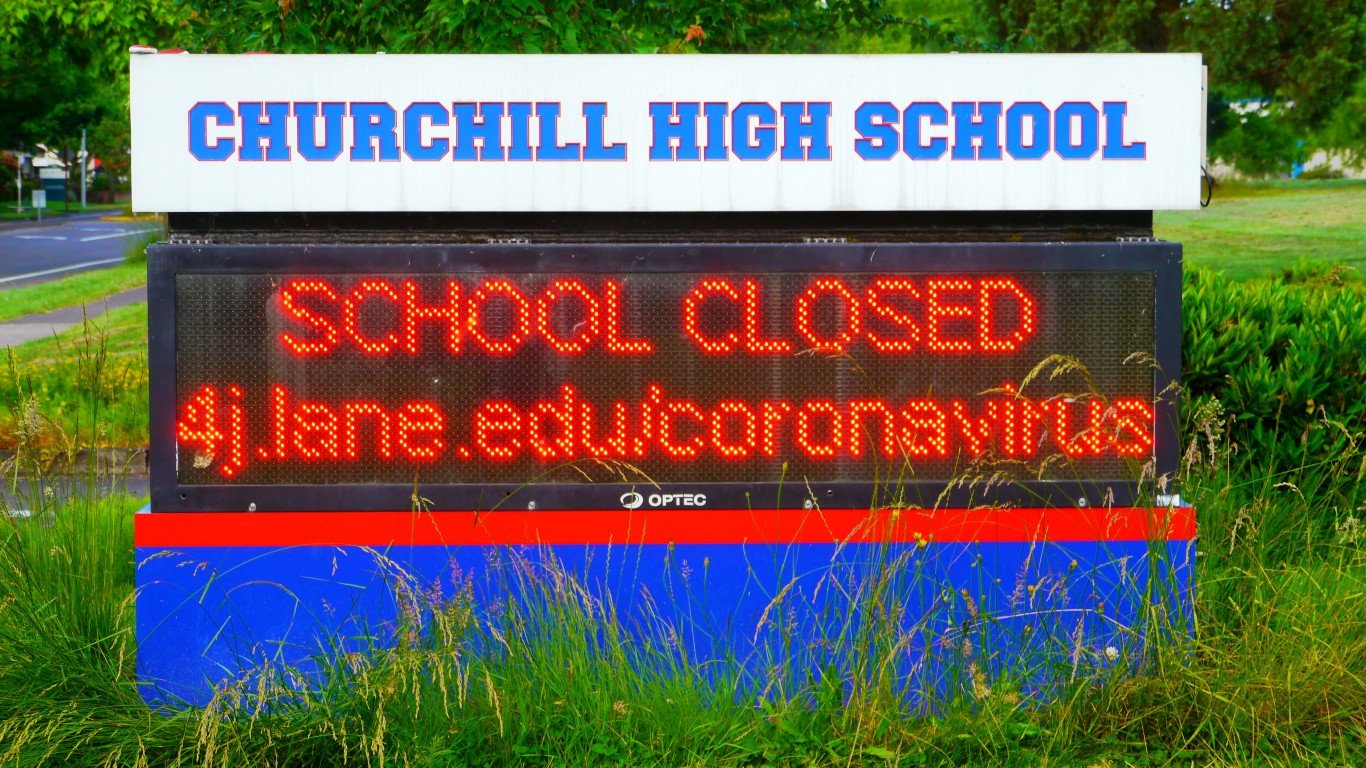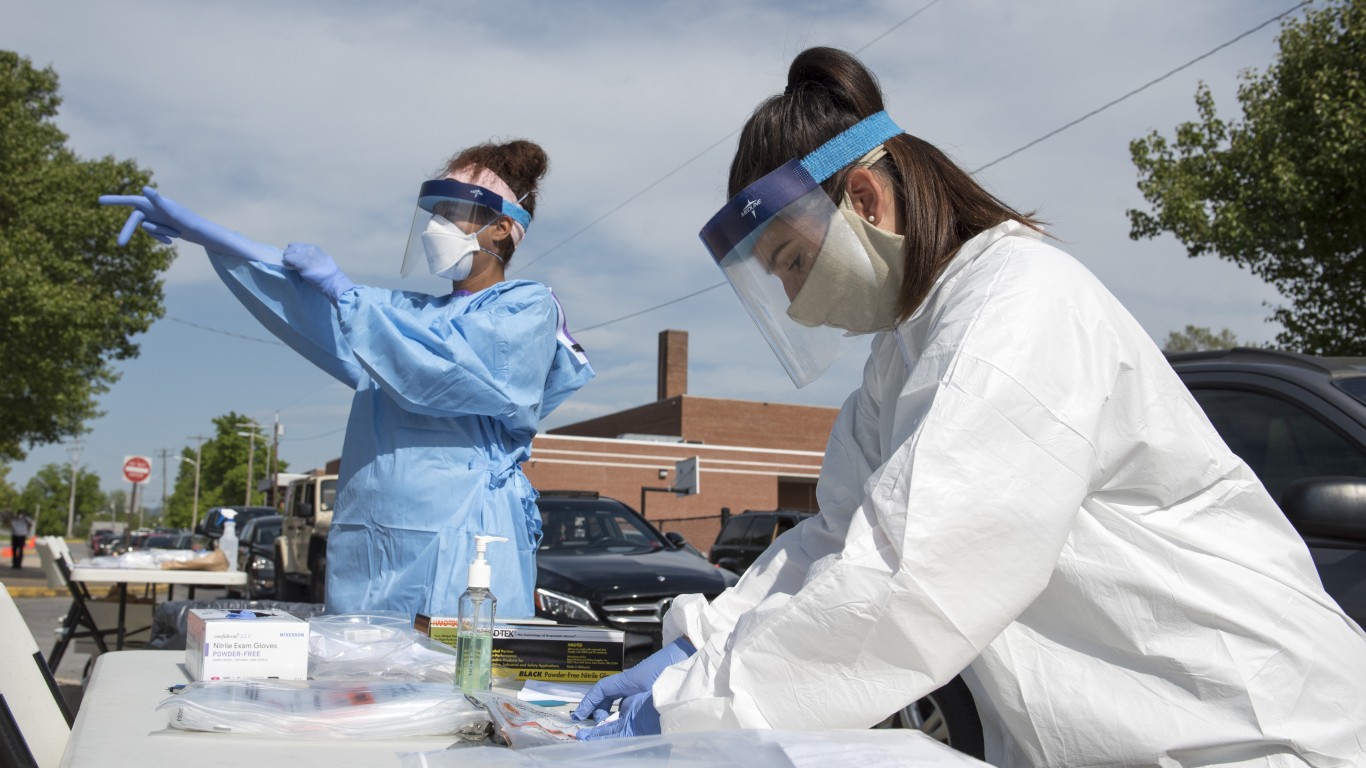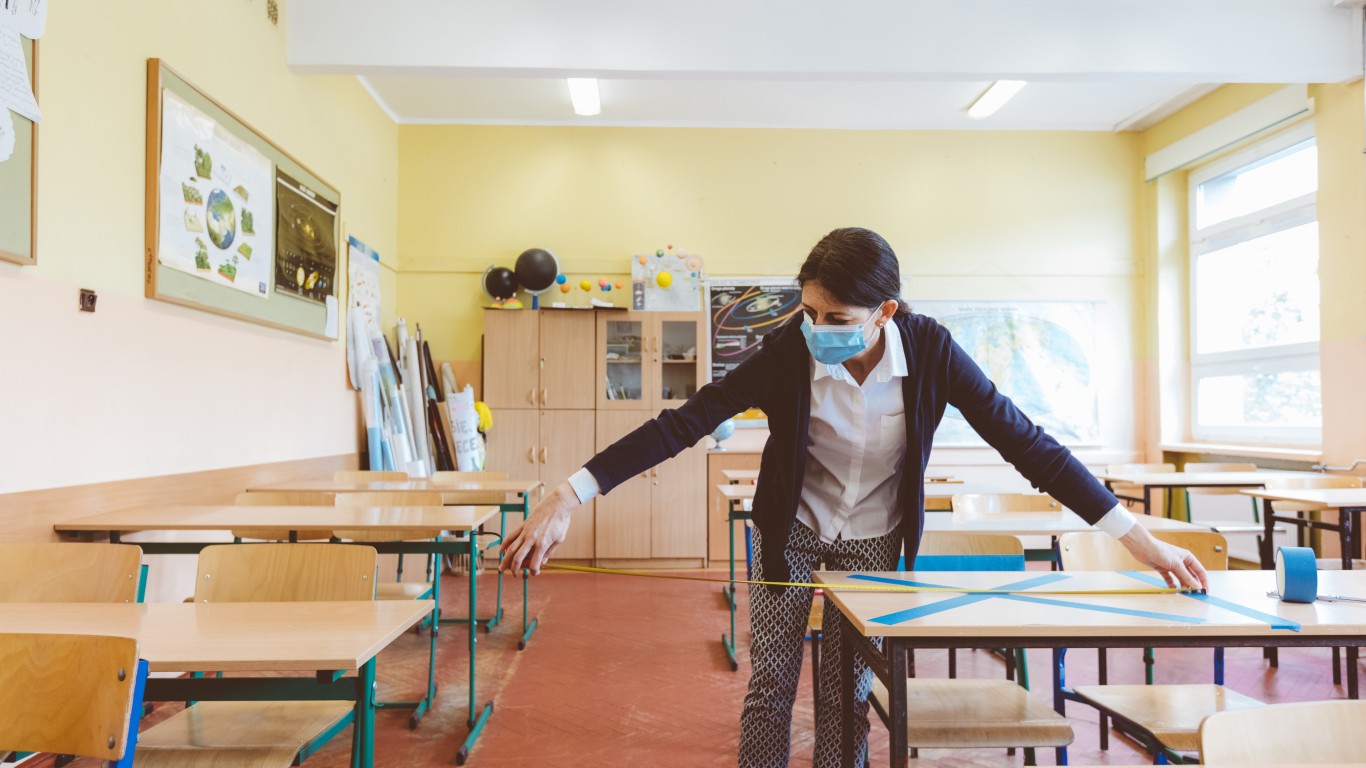

When students return to school for the start of the 2020-2021 academic year, their schools and classes will look very different than they did in March, when schools were suddenly ordered to close.
Every state’s education department is releasing a roadmap to safely reopening schools. This roadmap is only a guidance and it is not mandated, or state required. Local school districts have the authority and flexibility to make decisions that best accommodate their communities.
24/7 Wall St. reviewed executive orders, directives, and guidelines issued by either governors or education and health departments to create a list of restrictions and safety recommendations for resuming in-person instruction in every state.
Many of the requirements and suggestions are dependent on whether states have been able to contain the spread of the coronavirus. Most states’ guidelines were released at the beginning or in the middle of June, before a resurgence of COVID-19 infections was reported in many states across the country — here are the states where the virus is growing the fastest right now.
Click here for every state’s plan to reopen schools in the fall.
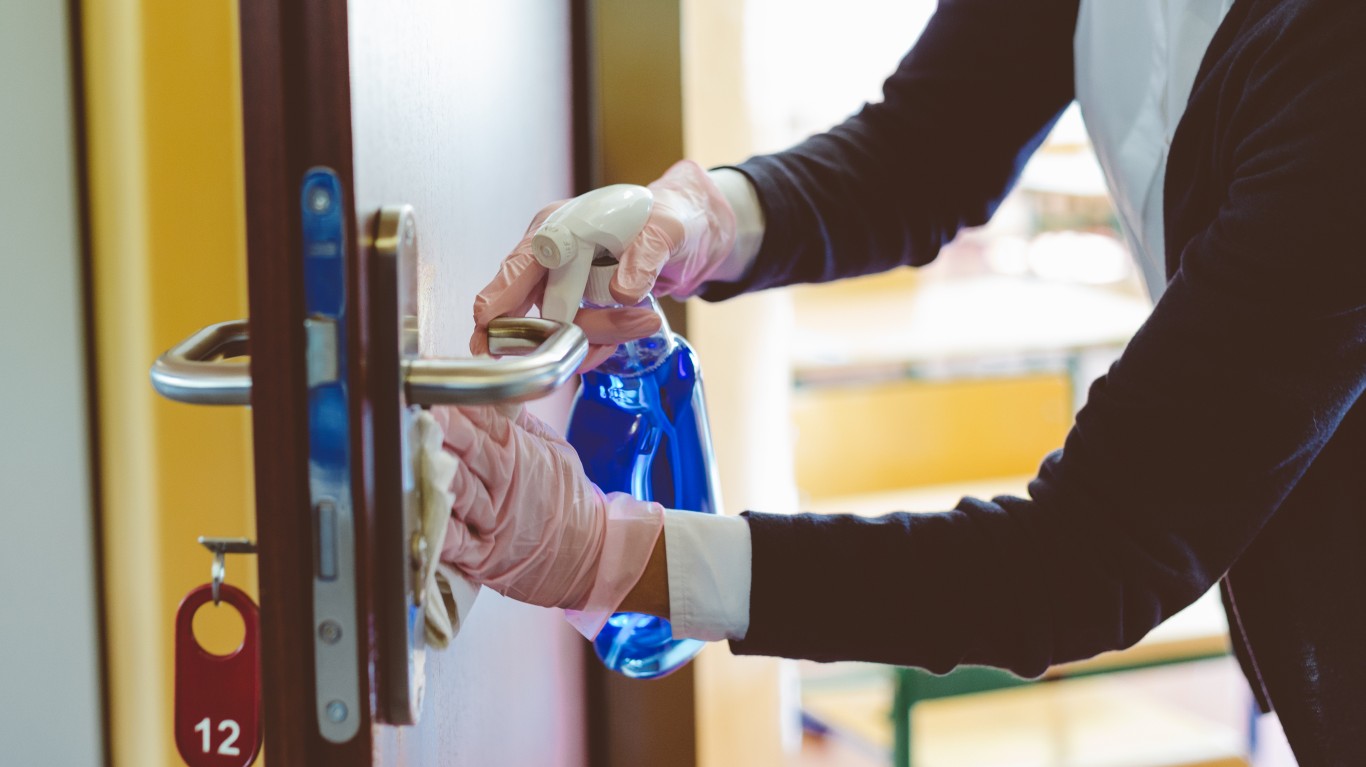
Alabama
Educational institutions in Alabama have been open since June 1, subject to social distancing and sanitation rules and guidelines. K-12 public schools will reopen as early as August, though it is yet unclear how many students will actually be coming back for in-person instruction. Parents who prefer their children to continue to study online will have that opportunity as Alabama is preparing a statewide virtual learning platform.
Alabama’s guidelines for returning to school in the fall include having a designated area of quarantine for children who get sick at school, nurses wearing N95 masks, and parents checking kids’ temperature at home every morning. They also include frequent checks and refills of hand sanitizers, limited use of classroom materials to small groups, and cleaning school buildings and classrooms every day.
[in-text-ad]

Alaska
Alaska schools could implement multiple social distancing strategies, including extended school dismissals at the end of the school day as well as canceling all field trips, sports events, and extracurricular activities. The state’s Department of Education also recommends that schools offer distance learning until local health officials say it is safe to reopen the schools.
Teachers and school staff are asked to teach and reinforce healthy hygiene and make sure hygiene supplies are readily available throughout the building. A designated staff person whose job will be responding to COVID-19 concerns has also been recommended by the state’s DOE. Conducting a virtual or in-person training on how to maintain social distancing is also encouraged.
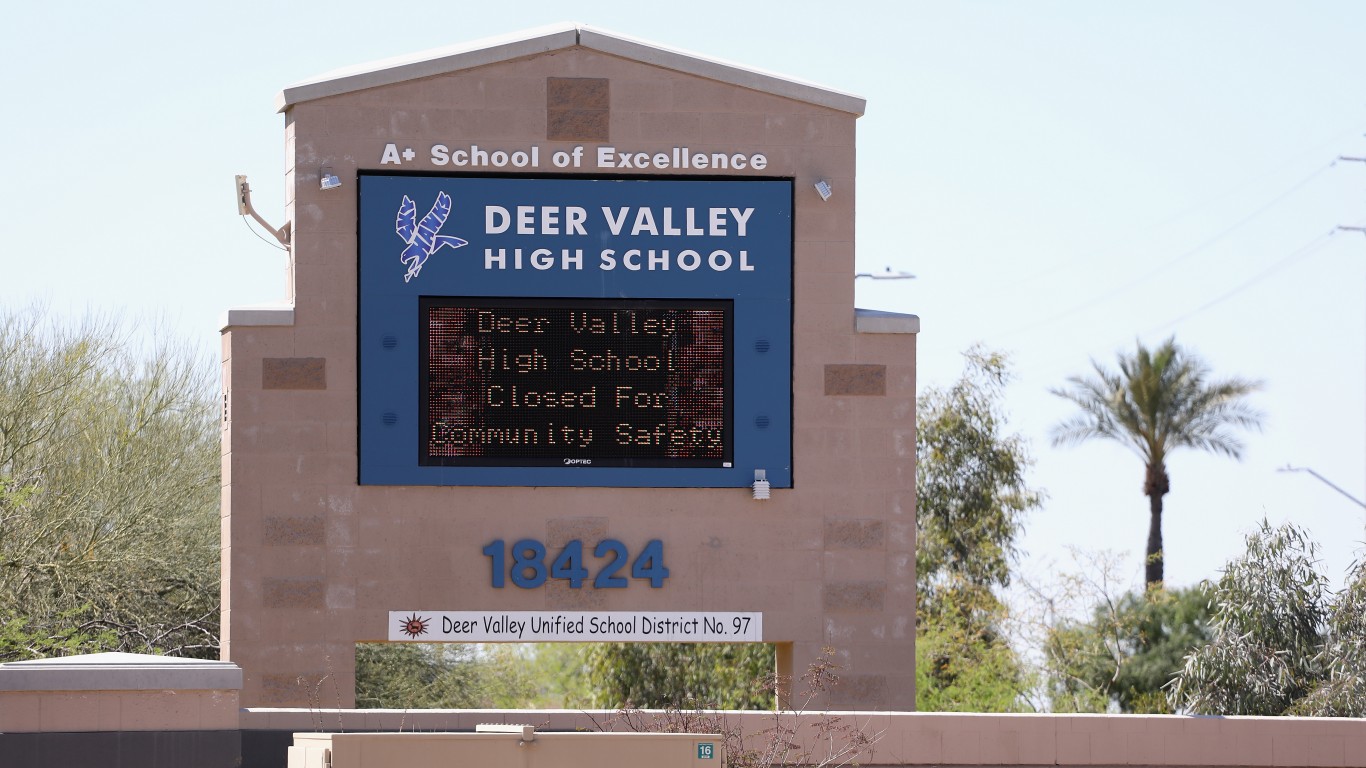
Arizona
Schools in Arizona will resume in-person instruction at the start of the academic year in line with guidance. The Arizona Department of Education has released a roadmap for reopening schools. Staff should check students for symptoms, which may include temperature checks, or confirm with families that students are COVID-19 symptom free.
Schools are advised to organize classrooms in such a way that will allow students to be at least 6 feet away from one another. This may include providing physical guides like tape on the floor or signs on walls. When physical distancing is not possible, students and teachers should be wearing masks as a mitigation strategy. Assigned seating is recommended to help track the virus spread if students or teachers test positive for COVID-19. The Arizona DOE also encourages reduced class sizes, designated drop-off times or locations, and closing shared spaces like dining halls and playgrounds.
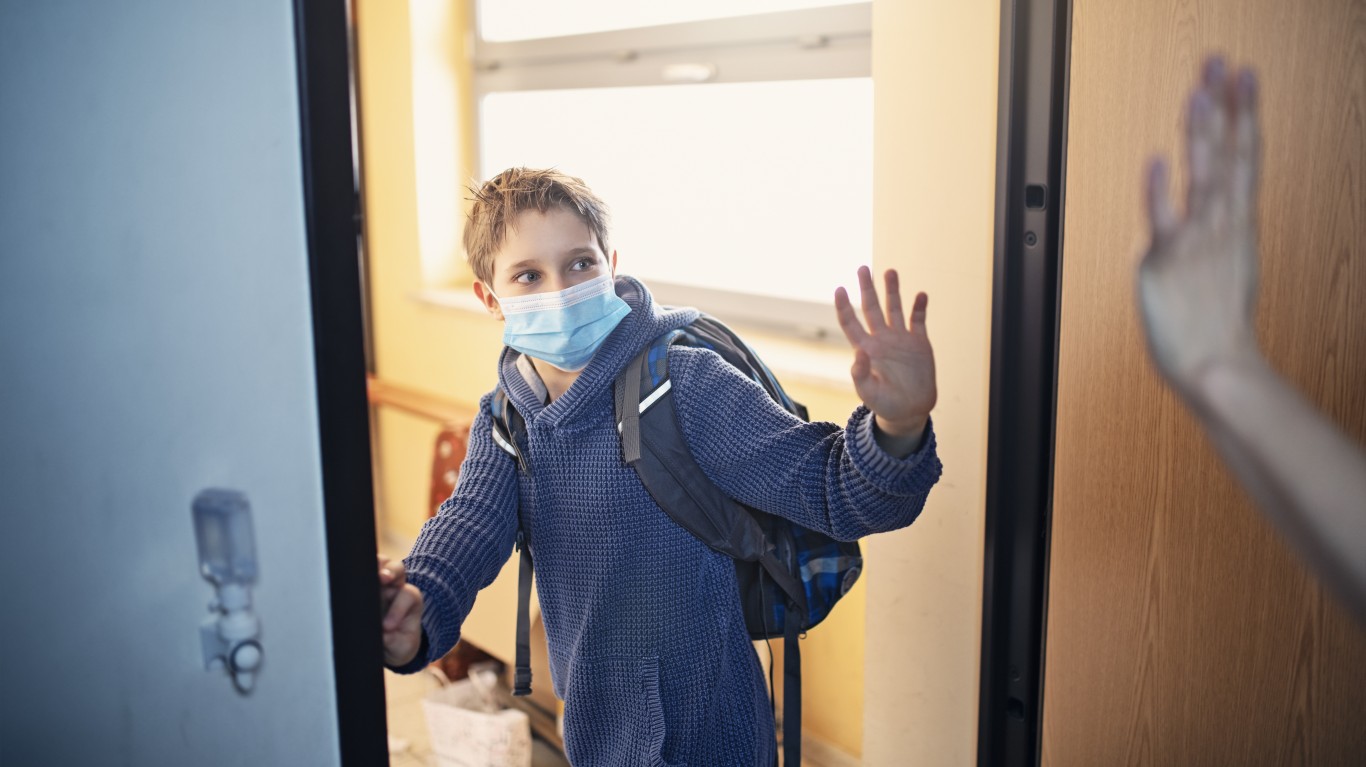
Arkansas
Arkansas plans to reopen schools in August, but the number of students attending classes in-person will depend on local conditions, including the local outbreak situation and each district’s resources. Remote teaching will be available to supplement traditional schooling if necessary.
The state’s education department recently released guidelines of considerations for each district and school in six areas of operation — such as facilities and transportation and student support. Schools are advised to consider serving lunches in classrooms, determine how to prohibit congregation in hallways and cafeterias, and consider rotating teachers rather than students. Children age 10 and over who ride a school bus are required to wear a face covering.
[in-text-ad-2]
California
Most California school districts plan to open in the fall, but classes are not going to return to normal. Schools are free to create their own scheduling based on needs, but the Department of Education released a guidebook with recommendations. One is to have students alternate distance learning days with in-person days. Others include students wearing masks and having their temperature checked every day.
Schools are urged to set desks at least 6 feet apart in order to minimize face-to-face contact between students. Classroom sizes will be smaller as a result, but schools should then use other campus spaces for instructional activities such as gyms, auditoriums, cafeterias, or the outdoors. All teachers and staff should wear face coverings or face shields.
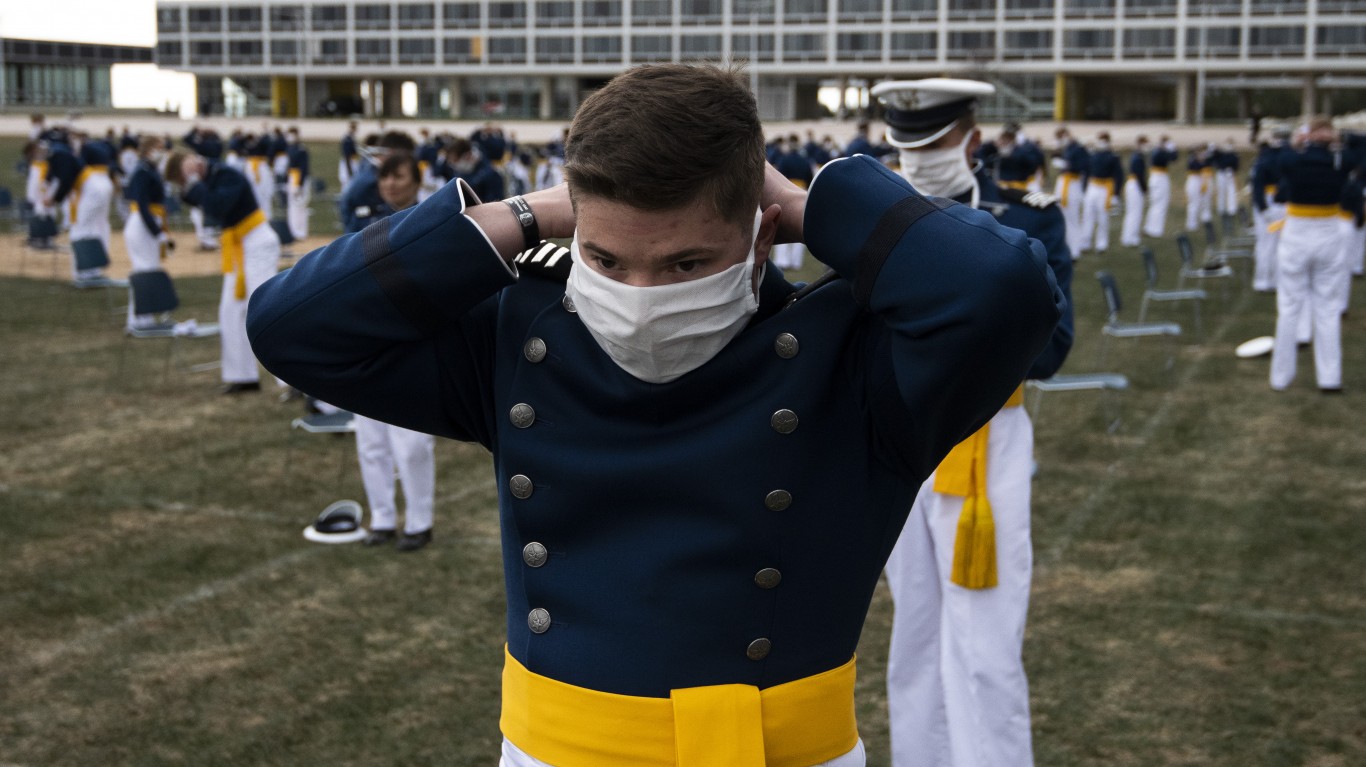
Colorado
Colorado schools plan to reopen in September, though there have been warnings of a fall outbreak by state epidemiologists. Some teachers are applying for the federal Education Stabilization Fund — Rethink K12 Education Models grant to help create high-quality remote learning opportunities.
The state’s schools are preparing for a hybrid environment — traditional classes, supplemented by online teaching, and with possible closures for periods of time if there’s an outbreak at a school. The Colorado DOE recommends daily temperature checks of students upon entering the school, investing in non-latex gloves, non-touch thermometers, masks, eye protection, and no-touch trash cans. The department also recommends wearing face coverings whenever possible.
[in-text-ad]
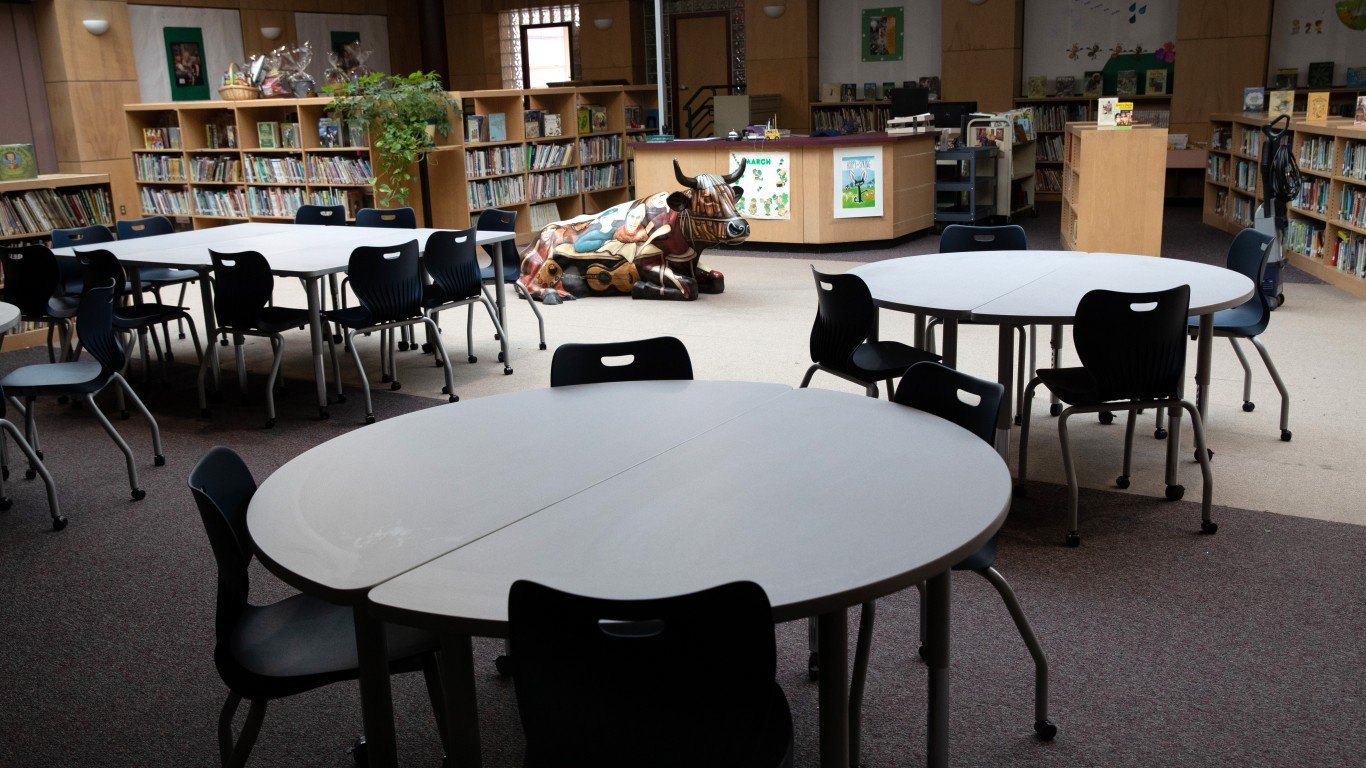
Connecticut
Connecticut recently released a framework to reopen all school districts statewide in the fall. In-person classes, however, are still contingent upon the state’s successful COVID-19 containment efforts. While the goal is to return to full-time instruction, school may be canceled to contain isolated COVID-19 outbreaks.
Schools are advised to organize groups of students and teachers into a cohort so each team functions independently as much as possible. The DOE also urges staff to use gyms and auditoriums for classes in order to maximize social distancing. Schools staff and students will be expected to have face coverings when inside the school building.
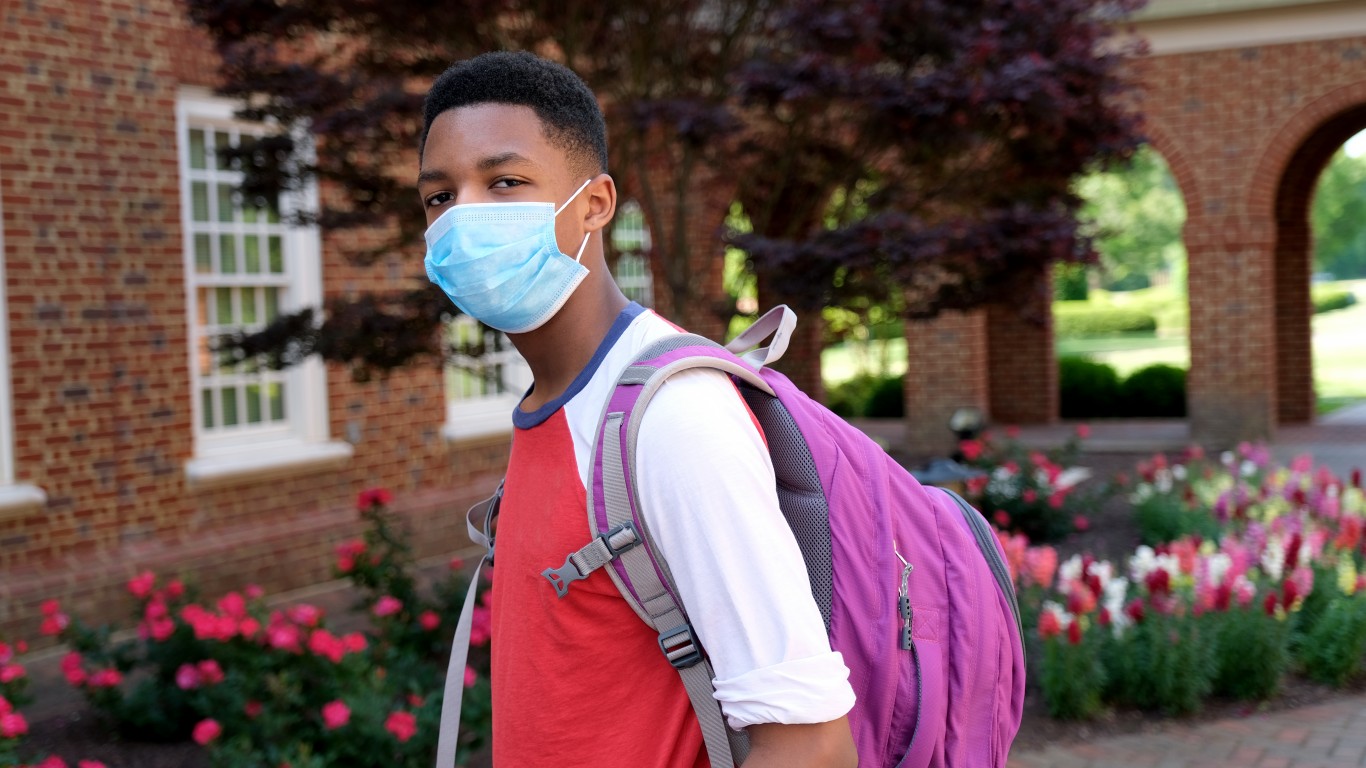
Delaware
Delaware’s school reopening work groups are still working on a roadmap to safely open schools in the fall. The state allowed school districts and charter schools to schedule in-person summer classes. Students were set up in cohorts of 15 children plus staff. Schools were asked to conduct staff training virtually or ensure that social distancing is maintained, to educate teachers on how to make sure healthy operations were observed. Outside activities, programs, and entertainment were suspended.
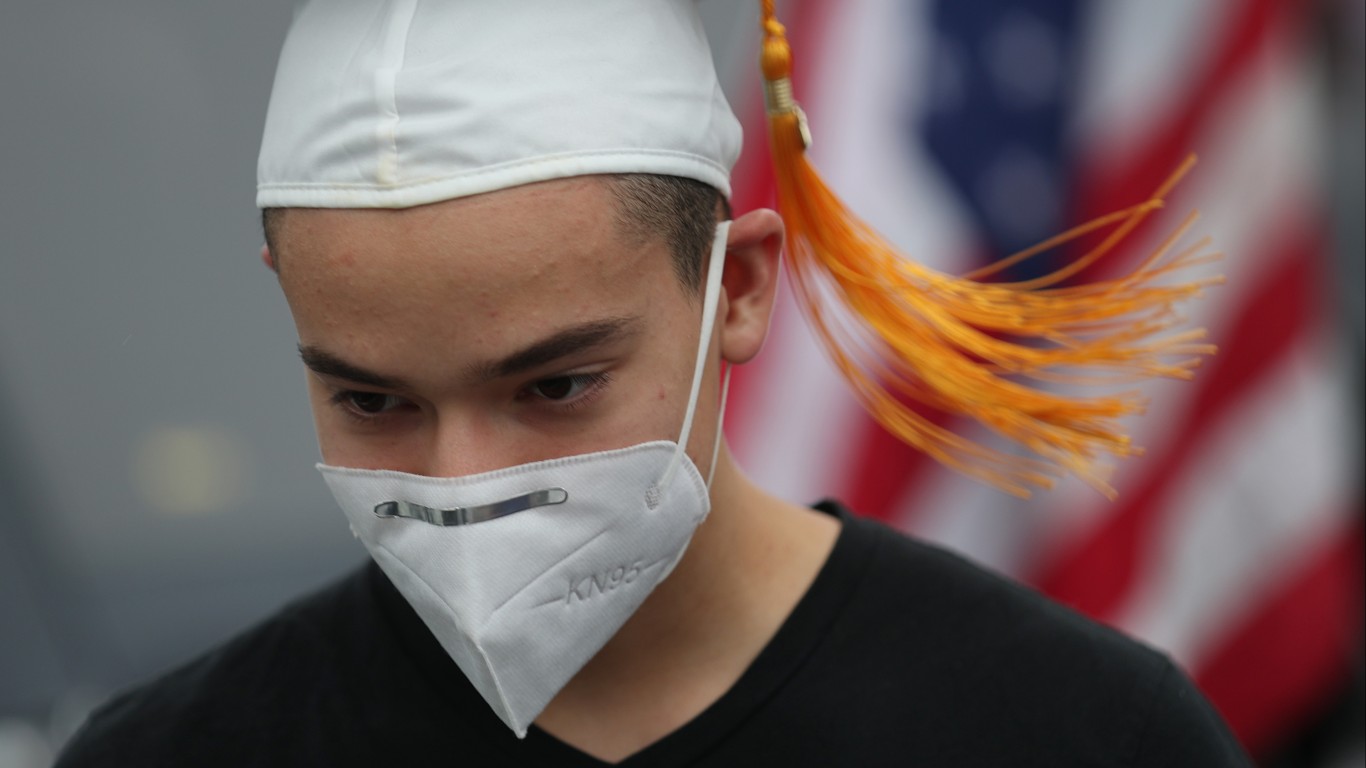
Florida
Florida officials announced recommendations on June 11 for reopening schools. The recommendations include an incremental reopening of K-12 and postsecondary institutions for summer programs held in June and July, with schools expanding to full capacity when the academic year starts in August.
Recommendations to redesign the school day in order to reduce the risk of contracting and spreading the coronavirus include keeping groups of students together throughout the day and converting cafeterias, libraries, gymnasiums, auditoriums, and outdoor areas into classroom space. It is also recommended that students have lunch in their classroom or outdoors and that schools move nonessential furniture and equipment out of classrooms to increase distance between students.
[in-text-ad-2]
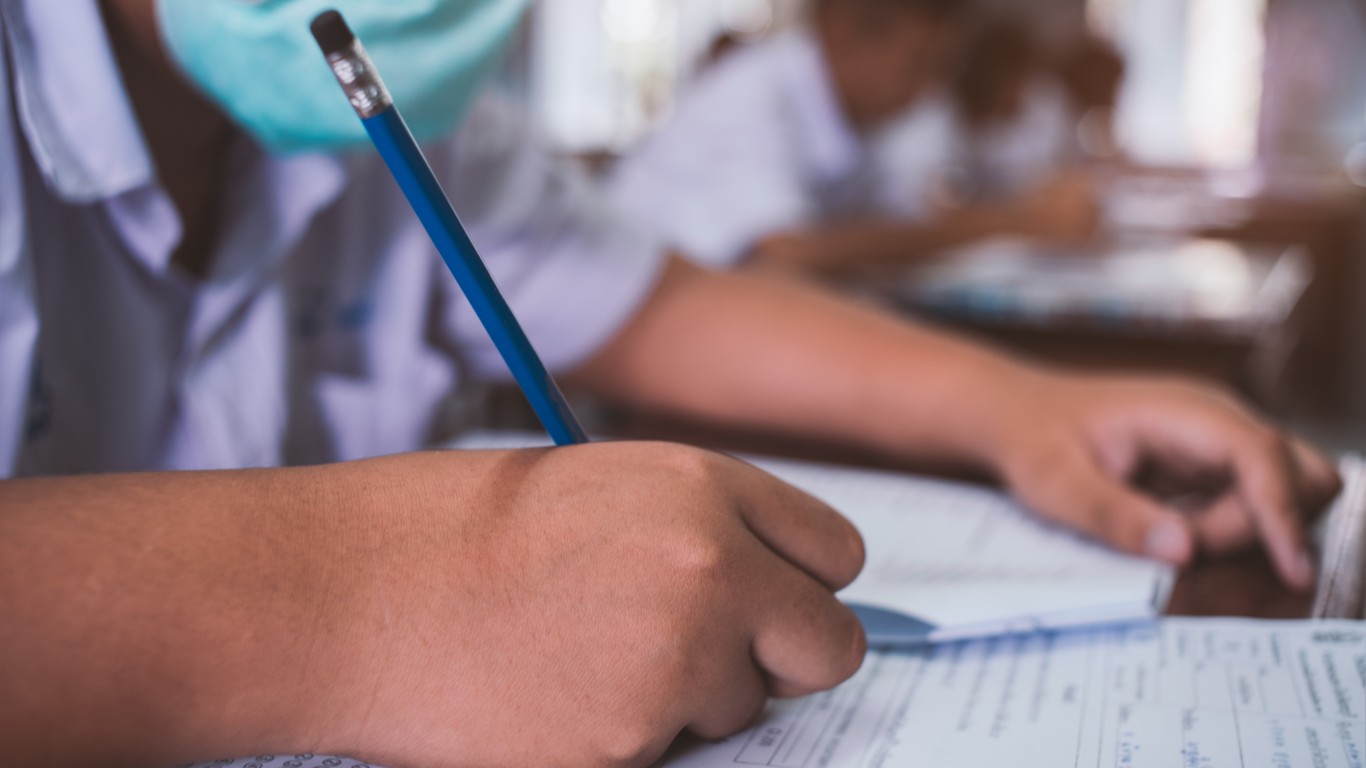
Georgia
The Georgia Department of Education and the state’s Department of Public Health developed guidelines to help school districts plan strategies for reopening schools. The guide focuses on the health and physical requirements necessary for reopening school buildings.
The recommendations in the guidelines include creating walking zones for in-person drop-off with at least 6 feet distance between staff and families as well as scheduling pickup times to limit the number of people at the same time and place. Closing every other row of seats and allowing one child to a seat on school buses is also recommended. Schools are advised to require students to wash their desks daily and ban the sharing of pens and other writing materials.
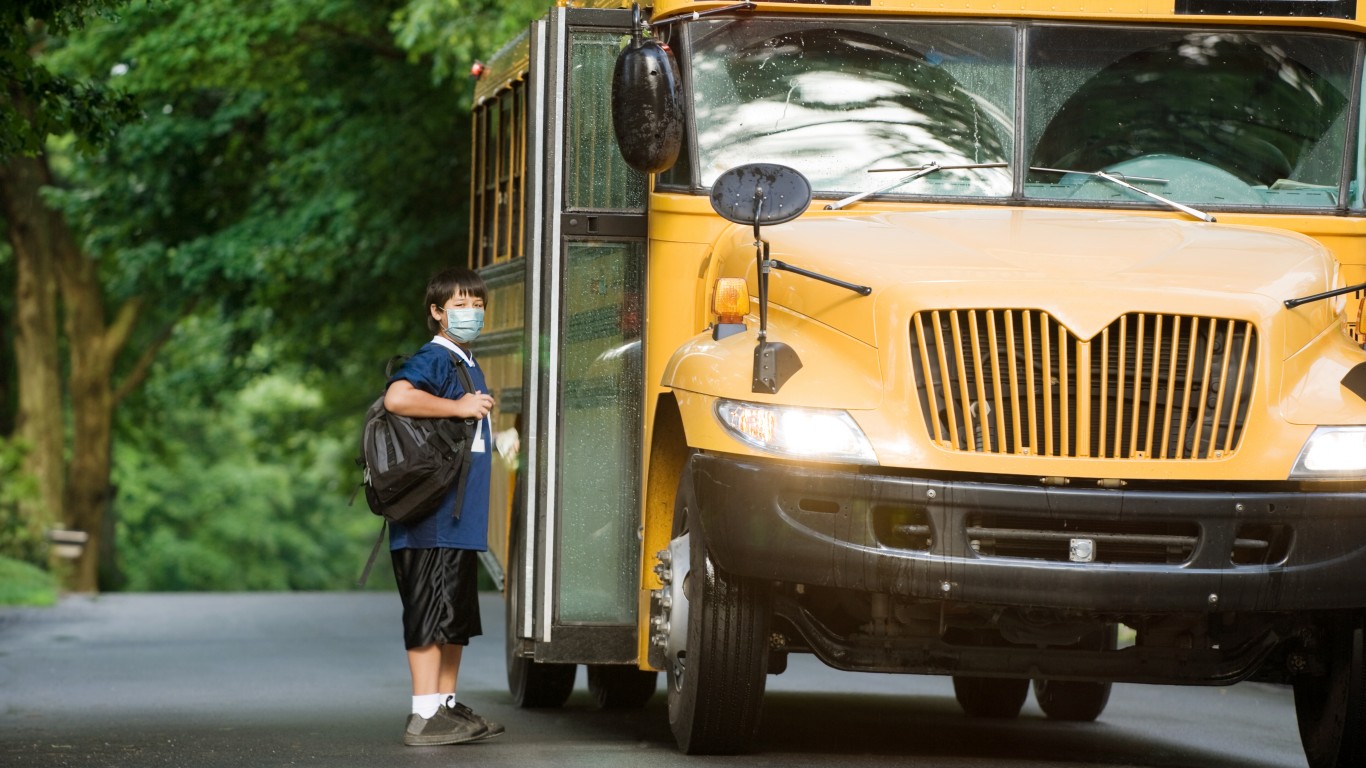
Hawaii
Hawaii’s guidelines for reopening schools this fall include suggestions for wearing masks and how officials should implement social distancing. The state’s DOE will continue to use the summer break to formalize the plan for the new academic year. An option to continue online classes for some students in grades 6 through 12 is being considered.
The DOE recommends that students be kept in the same groups every day and that schools keep at least 3 feet between seats and tables or 6 feet if students are facing each other. Schools should also cancel field trips, organize more virtual activities, and have meals in the classroom.
[in-text-ad]
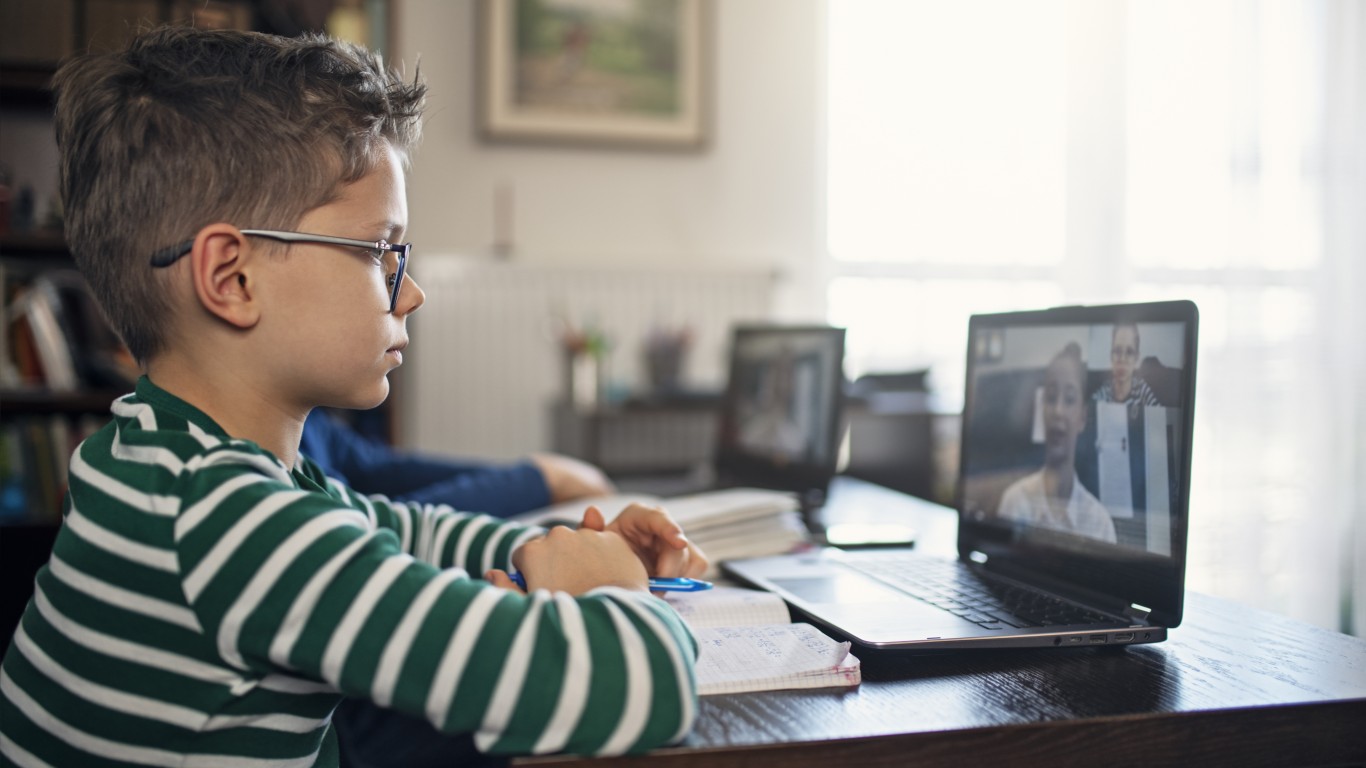
Idaho
Idaho officials expect to have schools reopen in the fall, with guidance for school districts and charter schools forthcoming. Several districts have already released their own tentative plans for the academic year. They are a combination of using personal protective equipment, maintaining social distancing, and enforcing various sanitation measures.
Schools, as well as Boise State University, are planning a hybrid learning environment in which school work may be split in half between online classes and in-person instruction. Large gatherings, such as assemblies, will most likely not be allowed.
Illinois
K-12 schools, community colleges, and higher education institutions are planning to resume in-person instruction for the upcoming academic year. Districts will be given 2.5 million cloth face masks for students, teachers, and other staff. In order for schools to reopen, the state’s Department of Public Health requires that schools ban more than 50 individuals from gathering in one space, that they implement social distancing measures whenever possible, and that they conduct symptom screenings and temperature checks. Community colleges that open for in-person classes will require that students, faculty, and staff wear face coverings.
Schools and districts have been advised to prepare for a return to remote instruction in case of a coronavirus second wave in the fall.
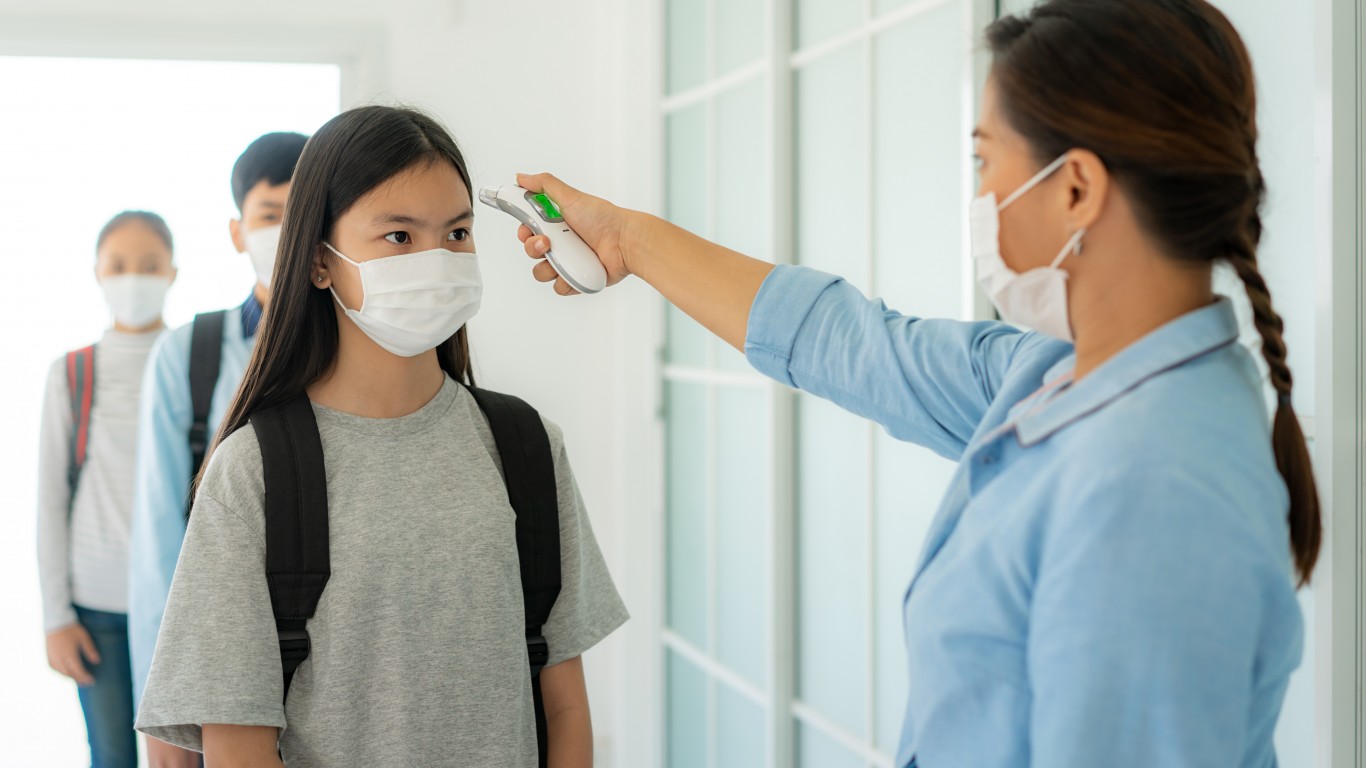
Indiana
Indiana schools are making plans to reopen in September for the new academic year. Keeping students and staff healthy and safe may require daily temperature screenings and creating individual health plans, according to the state’s DOE recommendations.
Schools are asked to consider changing school calendars such as alternating days or half days to minimize the number of students in a building and providing in-person instruction to elementary students but offer more remote learning opportunities for secondary grade levels. Using assigned seating in order to make potential contact tracing easier is also recommended. In order to decrease gathering in one place, schools are asked to consider scheduling restroom breaks to avoid overcrowding.
[in-text-ad-2]
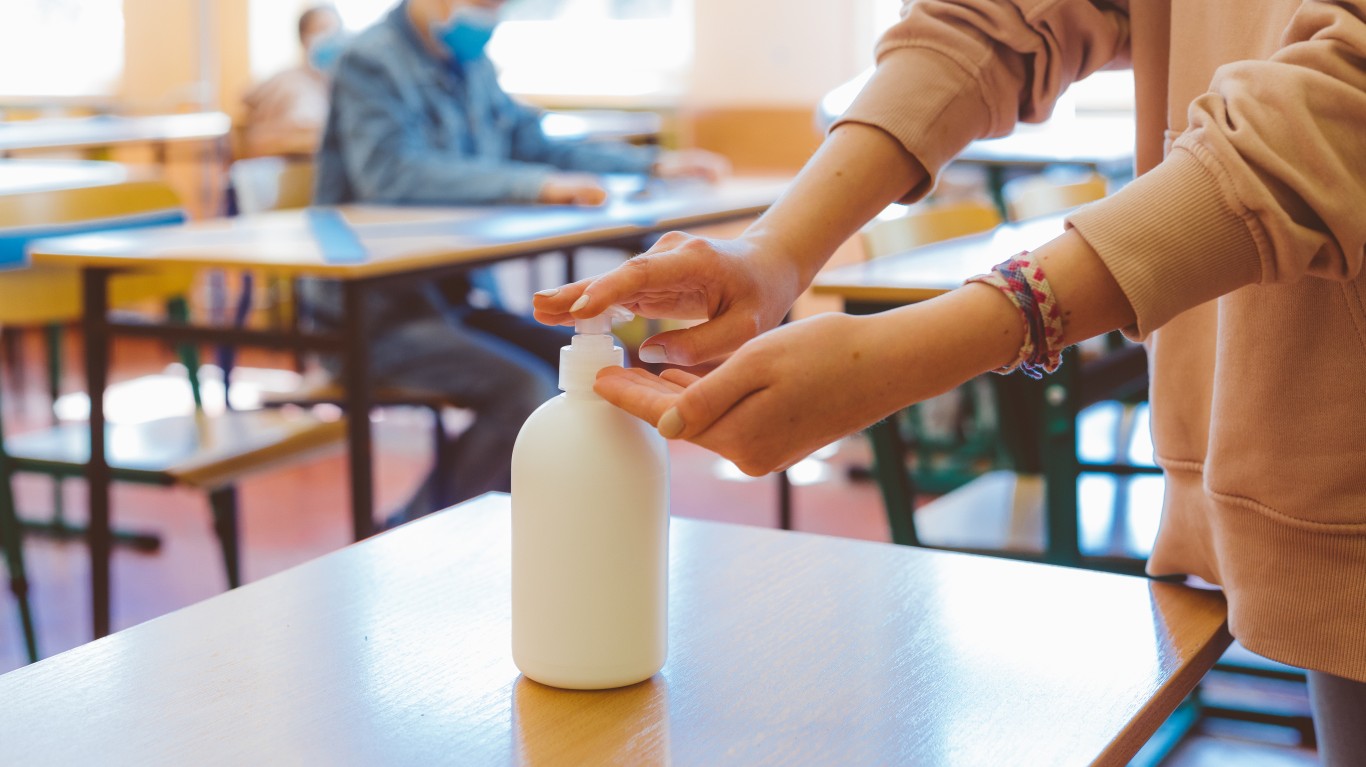
Iowa
Iowa’s Department of Education released on June 25 guidance for reopening schools safely in the fall but the plan was criticized for not recommending face masks for the purposes of reducing stigma. Though the plan does not require face coverings, the DOE does call for schools to allow students and staff to wear whatever face covering they are comfortable with.
Temperature screening, a common recommendation in other states, is not advised by the state’s DOE because people may be sick without symptoms. Schools are asked to have a plan if a student or staff member becomes sick and to educate students and staff on preventative health practices to avoid the virus.
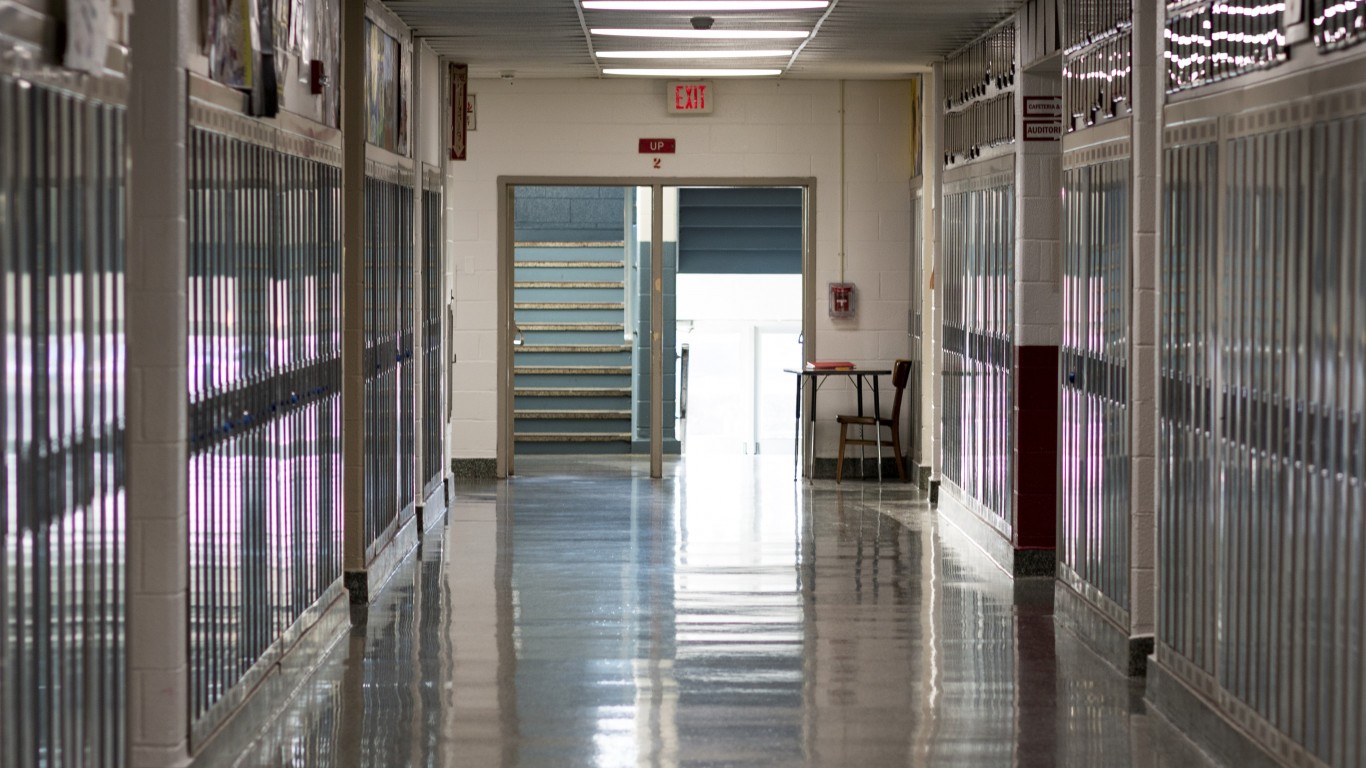
Kansas
The Kansas State Board of Education has decided to allow each school district to decide what the academic year will look like and the requirements for school reopening. The Board, however, will release guidelines at the end of July. The guidance document will include recommendations on how to reopen schools safely, including sanitation, social distancing, transportation, and food service protocols and measures.
[in-text-ad]

Kentucky
In its new guidance for school facilities, the Kentucky Department of Education provides information on how to safely reopen schools during the COVID-19 pandemic. Maintaining a distance of at least 6 feet between students, teachers, and staff during the day is key, according to the DOE. The department has released a calculator to help schools determine how many students should be allowed in a classroom.
Hallways and stairways should be marked with “lanes” for traffic flow and social distancing reminders should be visible. School officials are advised to advertise the precise time each building will be open to receive students to avoid crowding. Student dismissal should be staggered for the same reason.
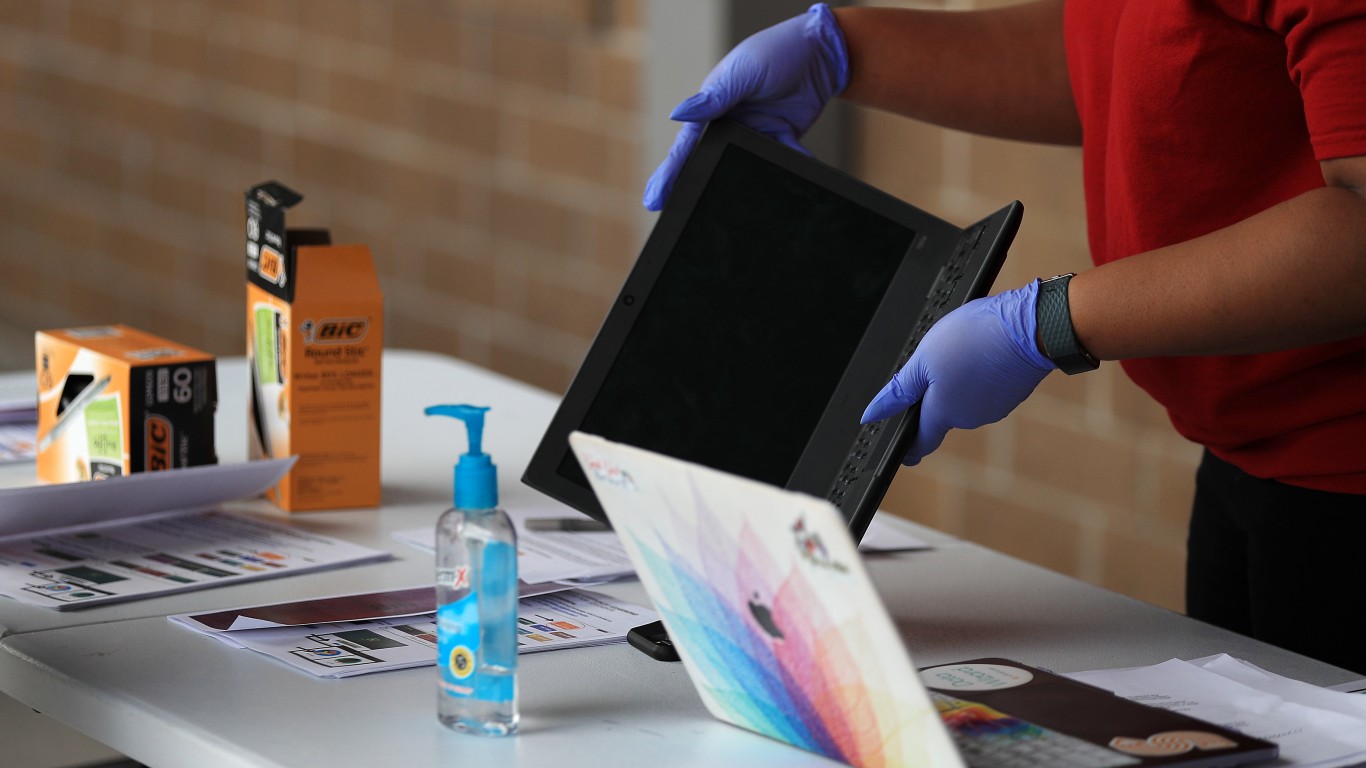
Louisiana
Louisiana’s DOE warns that it is almost inevitable that some students will get COVID-19. When that happens, the other students and everyone who has been in close contact with the infected child will be asked to stay home for at least two weeks. Schools have also been advised to prepare plans for school closures that can last from three to five days if there is a COVID-19 outbreak in the school.
The DOE recommends that schools start the school year with class sizes of 10 people, including adults, eventually expanding to 25 and 50. Screening students for sickness upon arrival is also identified among “best practices” for keeping children and staff healthy. Visitors should not be allowed in the school building.

Maine
The Maine Department of Education has released its initial framework to help schools safely resume in-classroom instruction in September. Schools can determine whether they are ready to reopen if they meet certain criteria, including being able to screen students and employees for symptoms, being ready to intensify cleaning and disinfection, and being prepared to increase spacing and to keep students in small groups.
Schools should consider flexible grouping and interdisciplinary courses. The DOE recommends that school officials plan remote learning methods as well, although fully remote learning should be a last resort when it is necessary to protect the health and safety of students and school staff.
[in-text-ad-2]
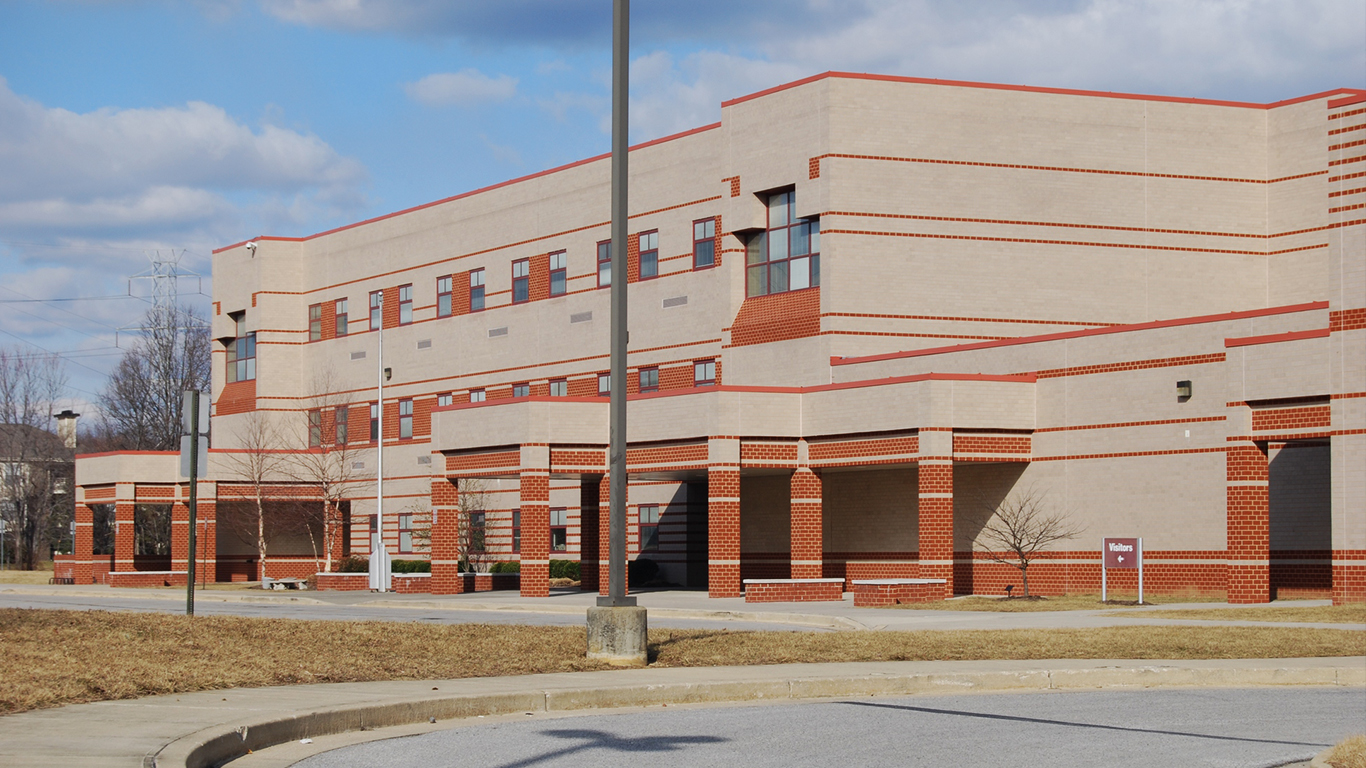
Maryland
The Maryland DOE is advising schools to consider putting student desks 6 feet apart and taking temperatures at the door. The department also recommends students come to school for two to three days a week, in a staggered manner, and have longer days at school.
Elementary students should return to school first, while students in middle and high school do classes online. After a week — or when health officials deem it safe — students in higher grades can return to the classroom as well. Another option is to have all students come in for two full days and do homework or remote learning the other three days of the week.

Massachusetts
The Massachusetts Department of Elementary and Secondary Education released initial guidance for the reopening of schools in the fall. School officials are asked to develop three models of learning — in-person classes, a hybrid model with both in-person and online instruction, and remote learning only.
During in-person instruction, elementary schools should keep students in the same group throughout the day. Middle and high schools do not have to but are urged to minimize mixing student groups as much as possible. All students in second grade or older are required to wear a face covering, and those who are younger are encouraged to wear a mask or a face shield. There is no maximum number for class size, as long as students can be at least 6 feet apart. Temperature checks are not recommended because of the possibility of false positive and false negative results.
[in-text-ad]
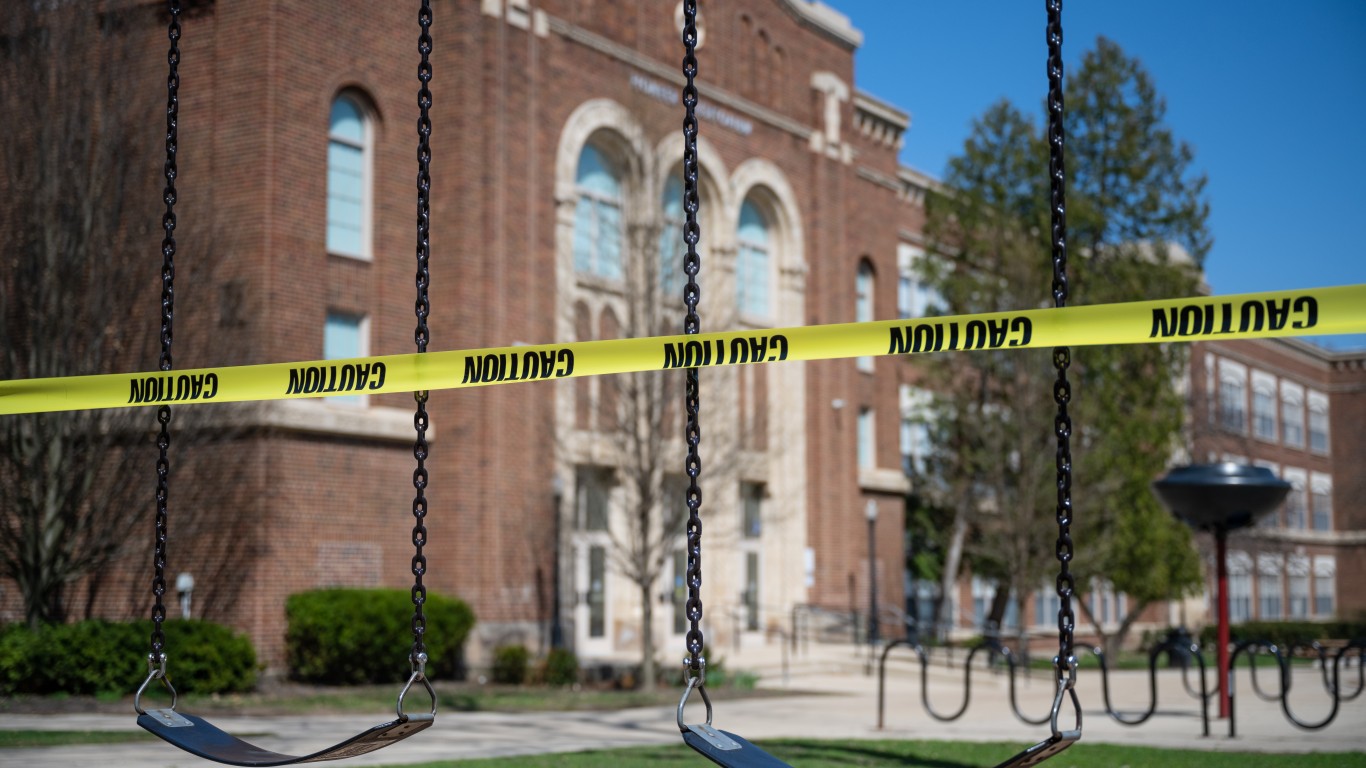
Michigan
Michigan has just released a roadmap, issued by an executive order, to reopen schools in the fall. The guide sets minimum health and safety requirements that apply to all schools, including public, charter, private, and parochial schools. Districts can enact more aggressive rules.
Schools must close if their region is in an area with the highest risk of COVID-19. Athletics, after-school activities, and inter-school activities like debate competitions will not be allowed, and online classes must be available. When schools open, face masks will be required, except during meals and unless they cannot be medically tolerated. All desks should be facing the same direction toward the front of the classroom and should be at least 6 feet apart. Anyone who is not a staff member should not be allowed in the school, not even the students’ parents.
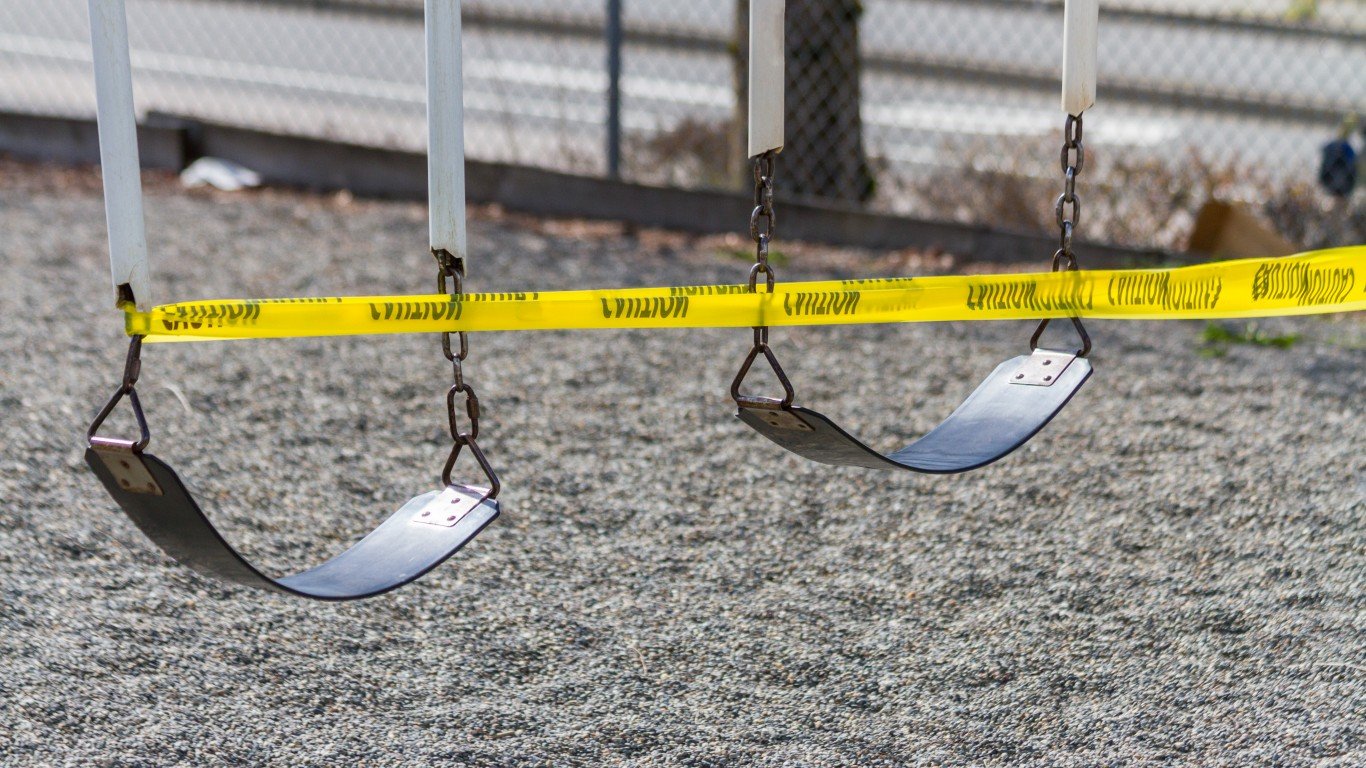
Minnesota
Minnesota’s health and safety guidelines require school officials to create three different contingency plans based on three possible scenarios for the outbreak in the state — in-person learning for all students, hybrid learning, and remote learning.
In-person learning for all will involve creating as much space between students and teachers as possible. Extracurricular programming will be allowed if the COVID-19 Sports Guidance for Youth and Adults is followed. In case of hybrid learning, schools must limit the overall number of people in the building and on school buses to 50% maximum occupancy or less if students and staff cannot always be at least 6 feet from one another.
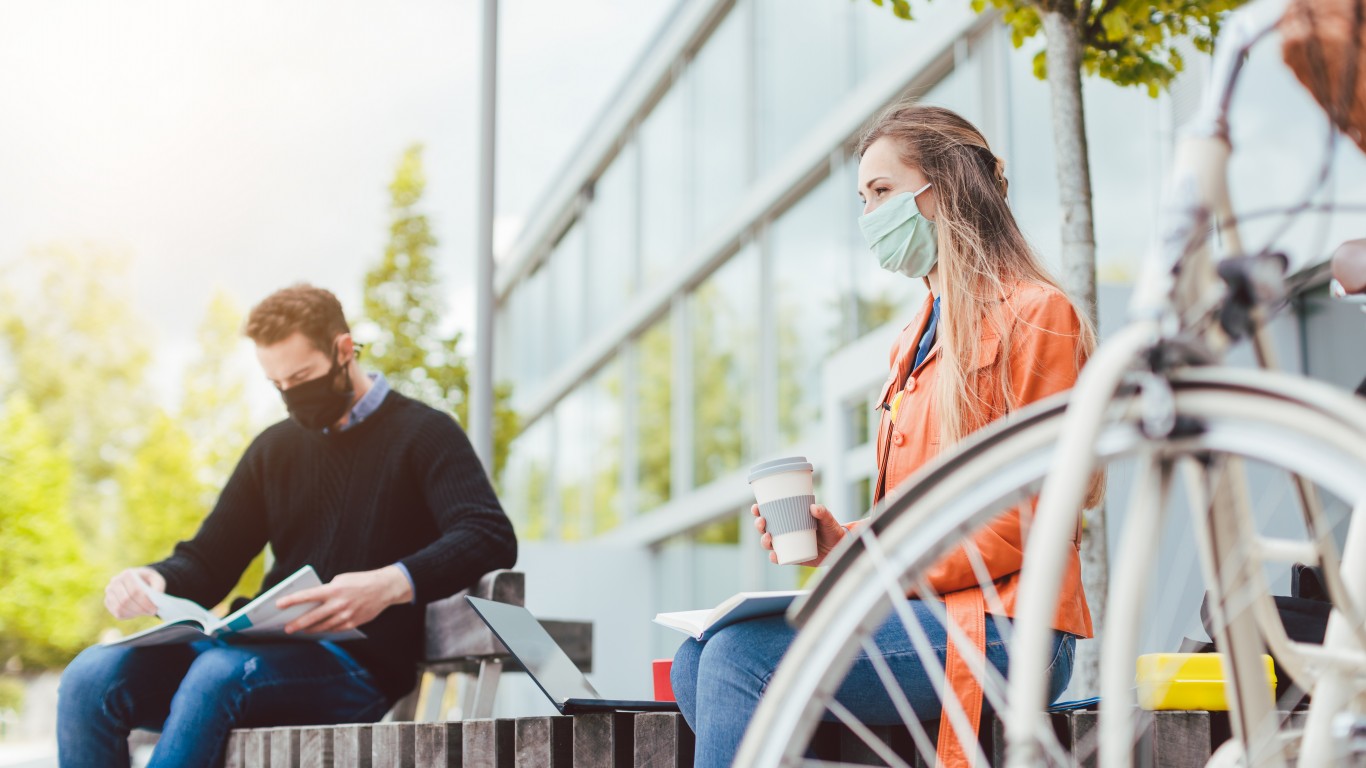
Mississippi
Schools will reopen throughout Mississippi in September. Superintendents recently released guidelines, which will be updated every three months, to help schools plan for the new academic year. As long as students, teachers, and staff can maintain at least 6 feet physical distance, they can be physically present in school. Daily temperature checks and limiting students movement and gatherings is strongly encouraged.
A hybrid reopening is also an option. Students can be split into two groups that come to school on alternating days and study online when not physically in school. The guidelines also have the option for elementary students to be in school for in-person instruction, while students in higher grades complete their schoolwork entirely online.
[in-text-ad-2]
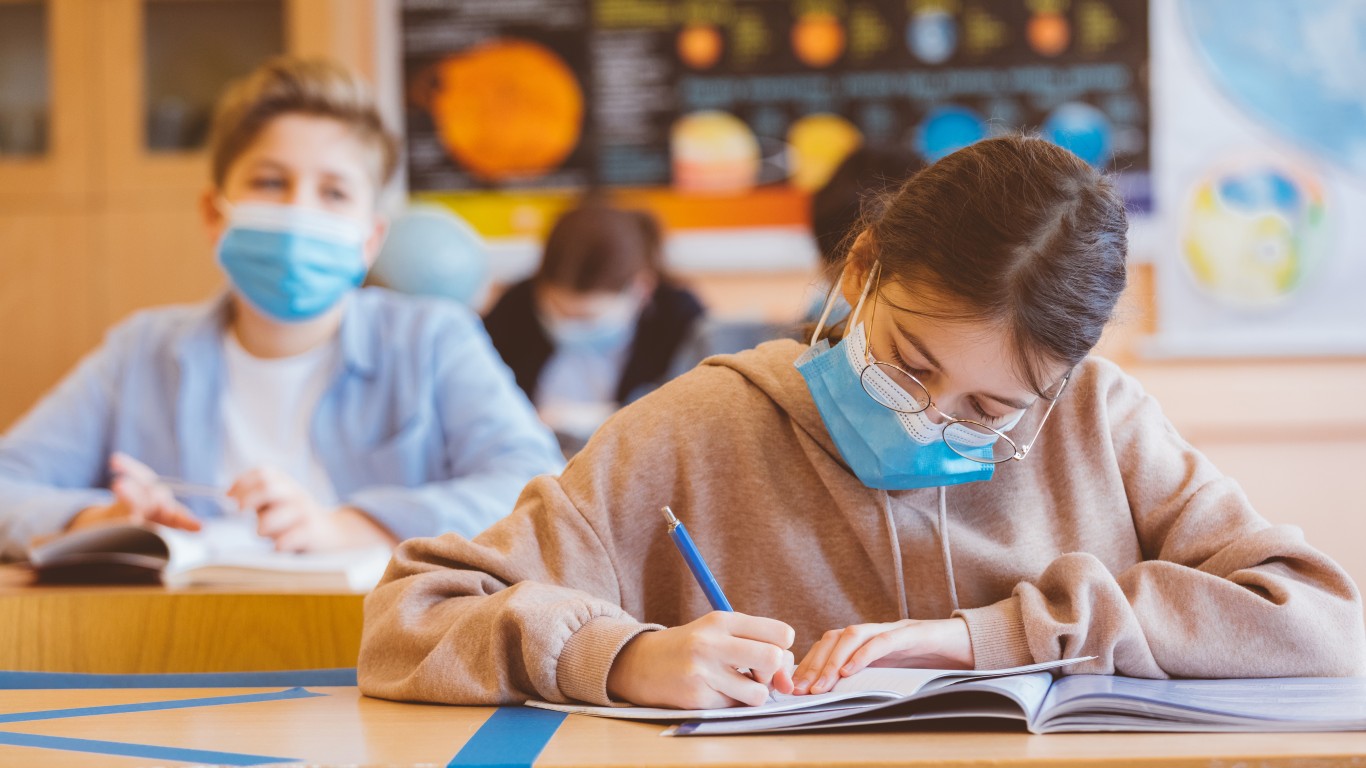
Missouri
Not all schools in Missouri may reopen in September. The state’s DOE allows every school district to decide when to resume classes for the new academic year. Some can even start before the end of August.
The Missouri School Boards Association’s guide for reopening schools during the pandemic suggests schools alternate days to minimize the number of students in the school building, limit extracurricular activities, and cancel sports that bring many people together. Minimizing class sizes, moving classrooms outdoors, and requiring students to remain seated in assigned seats at all times are other recommendations.
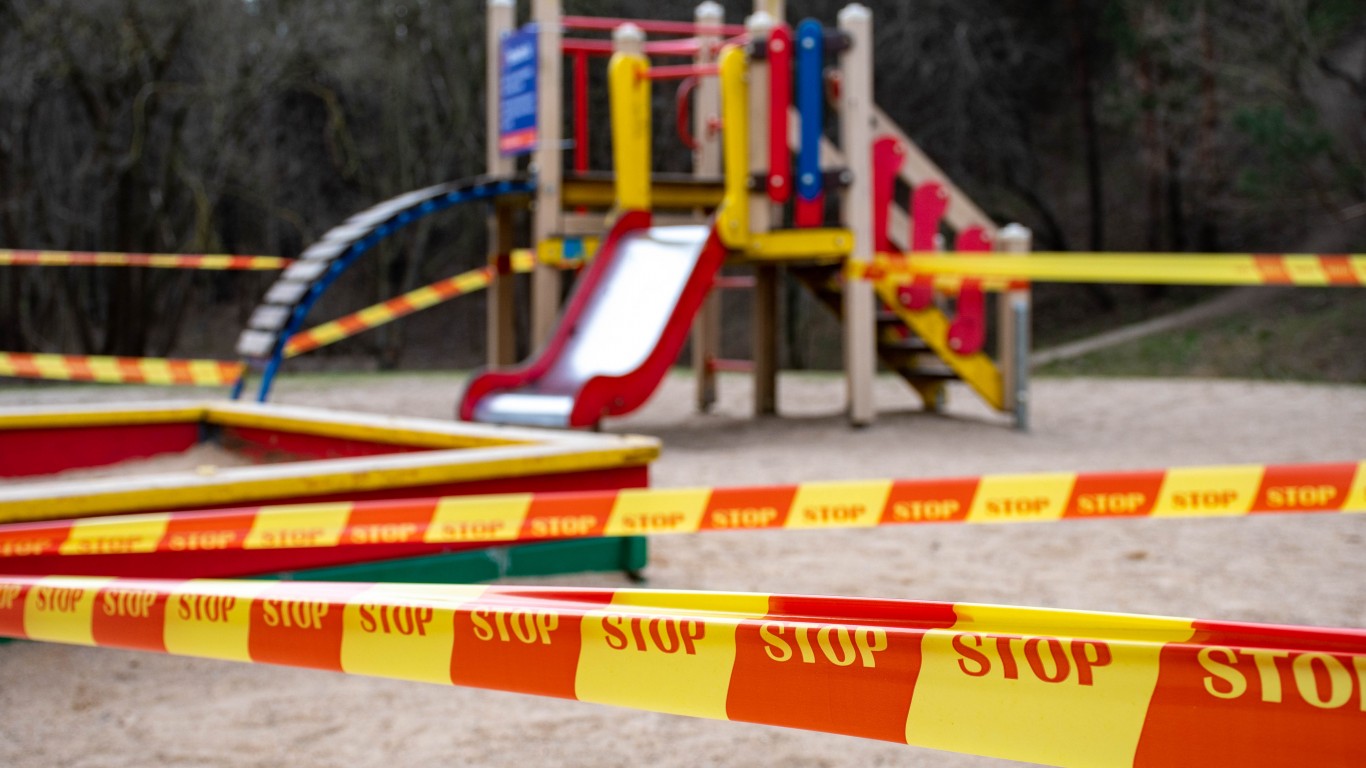
Montana
Schools in Montana will reopen in three phases. The first phase involves limiting the number of students in the school building. Extracurricular activities and assemblies of any kind should be canceled. Schools should have study packets ready with suggested activities in the vent the school has to suddenly close due to an outbreak.
Temperature checks, screening for symptoms, having good hygiene posters in classrooms and common areas, requiring students to wash hands in regular intervals, and using face coverings for all students and staff are other recommendations.
[in-text-ad]
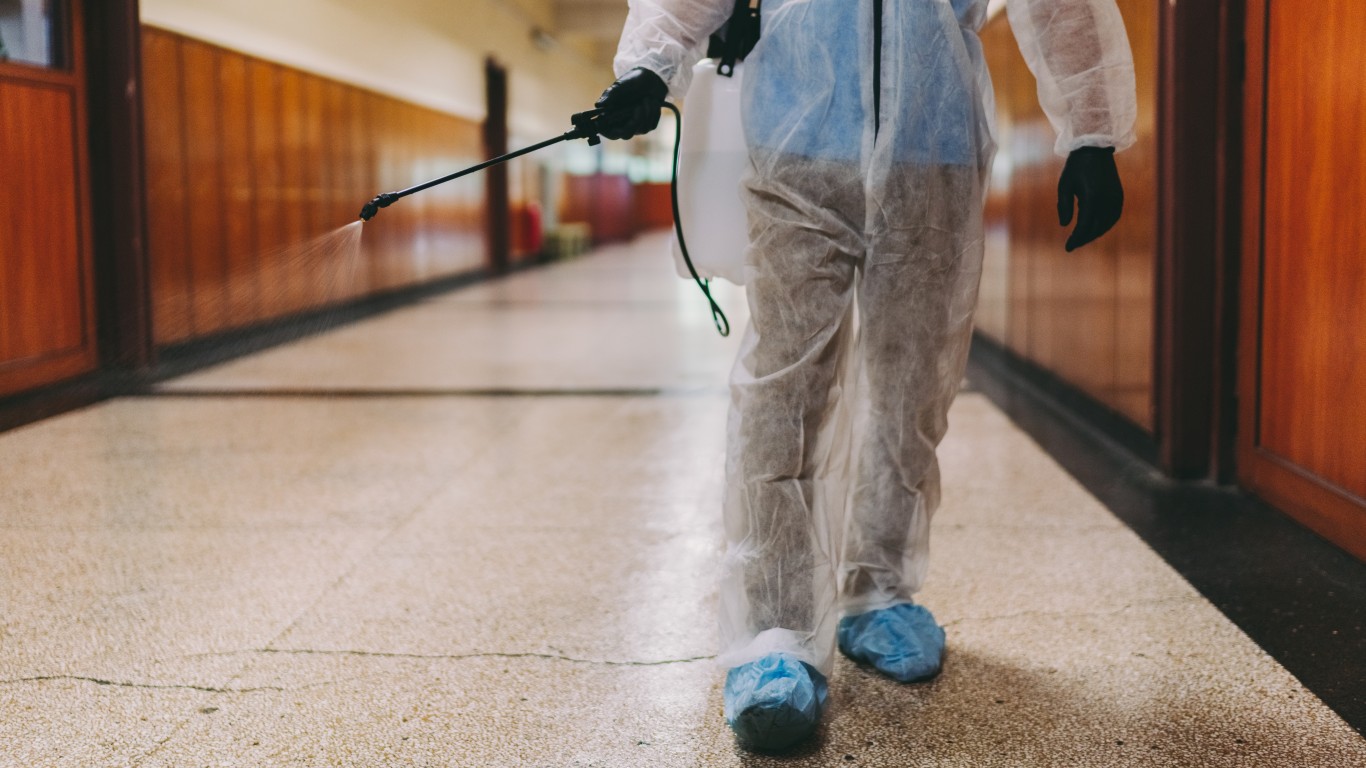
Nebraska
Nebraska has created a website, launchne.com, that is updated regularly with recommendations for school districts for reopening for the upcoming academic year. Some of the recommendations include changing air filters regularly, making visitors wash their hands before entering the school, controlling entrances to avoid overcrowding, posting signs about hygiene in common areas, and frequently cleaning and disinfecting playgrounds.
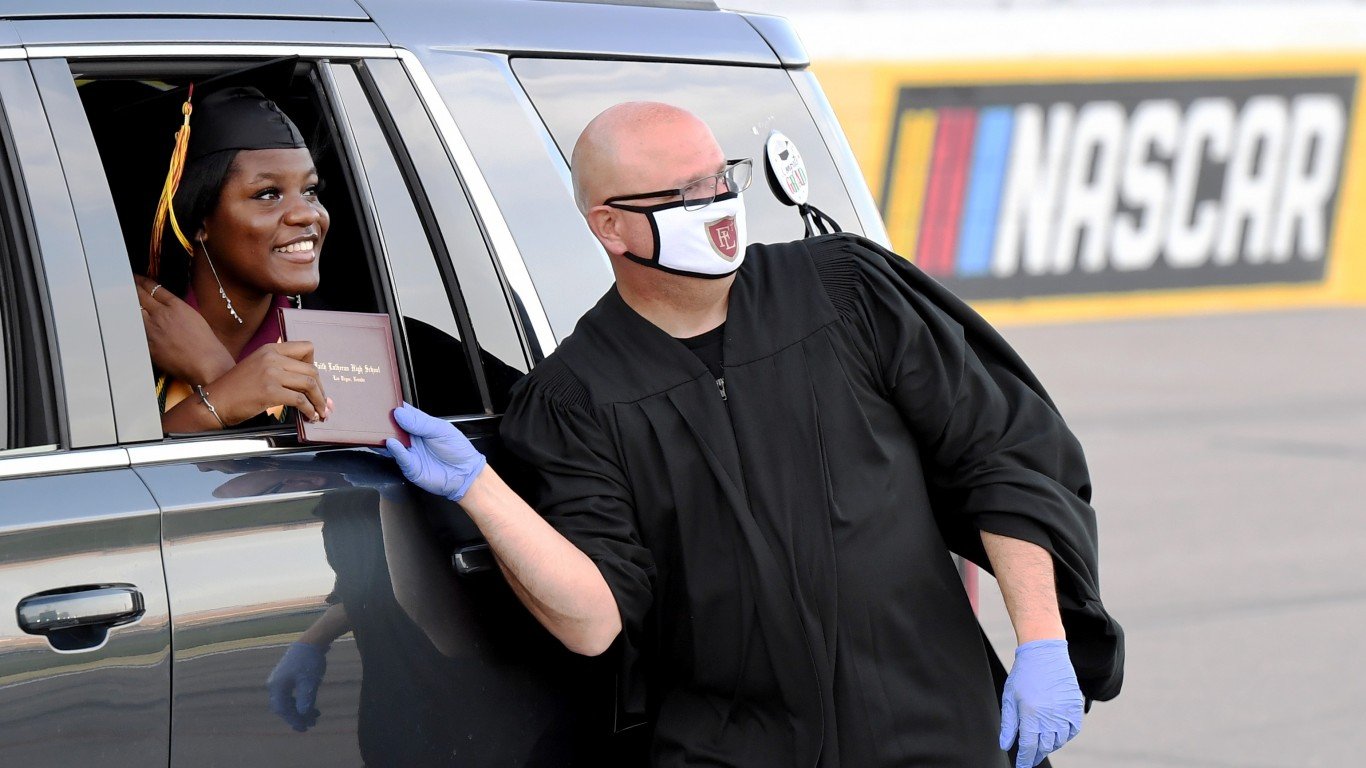
Nevada
The Nevada DOE released at the beginning of June a framework for reopening the schools in the fall. One recommendation is posting signs about proper handwashing and other ways to stop the virus spread in visible locations such as school entrances and restrooms.
The DOE also suggests that each school works with local health officials to develop a screening plan, which may include checking staff and students for symptoms as well as daily temperature checks. Face coverings are recommended for both staff and students, especially the older students, when maintaining 6 feet is not possible.
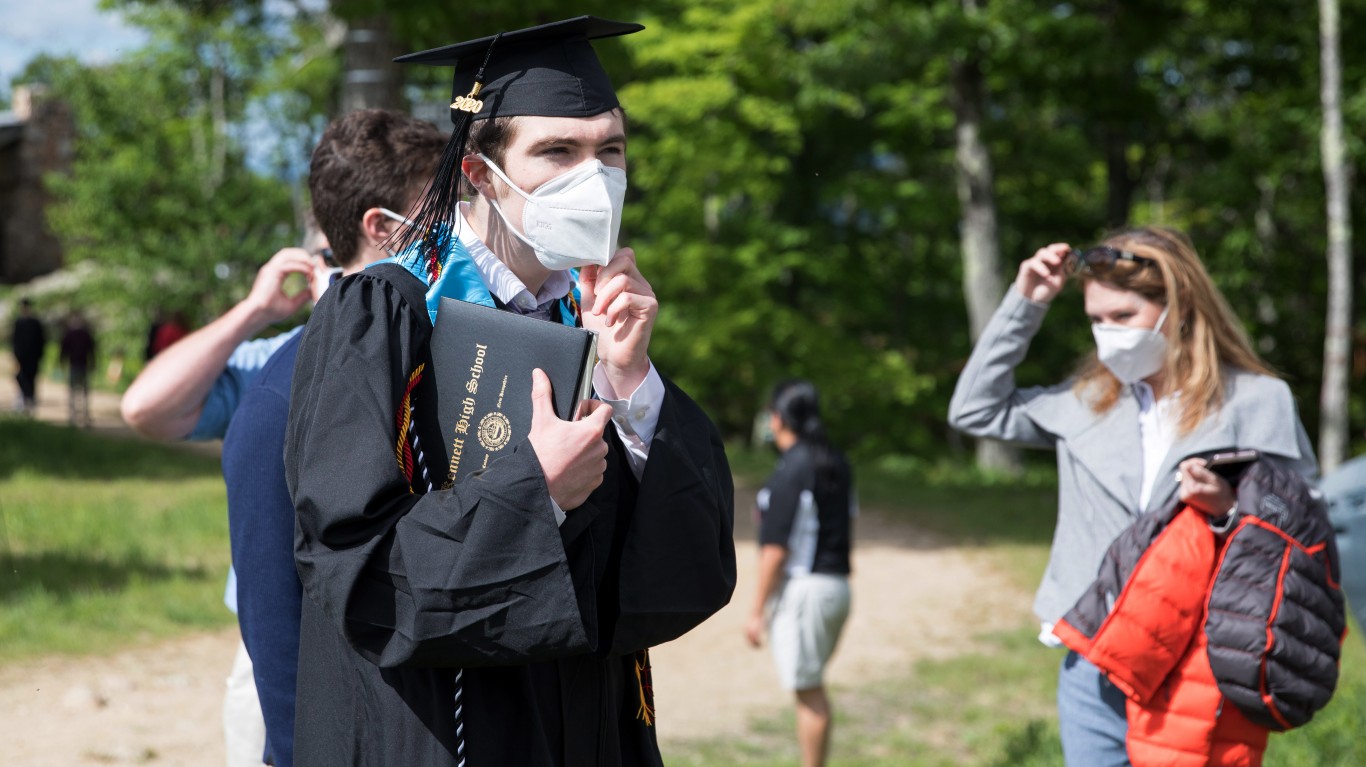
New Hampshire
New Hampshire health and education officials are still working on the safety guidelines for reopening school in the fall. So far, the DOE has said that schools have to prepare for a combination of in-person instruction supplemented with online classes. This hybrid model, however, has been criticized by some teachers. They are concerned it may not be feasible to do regular schoolwork in person and then continue teaching students who are home online.
[in-text-ad-2]
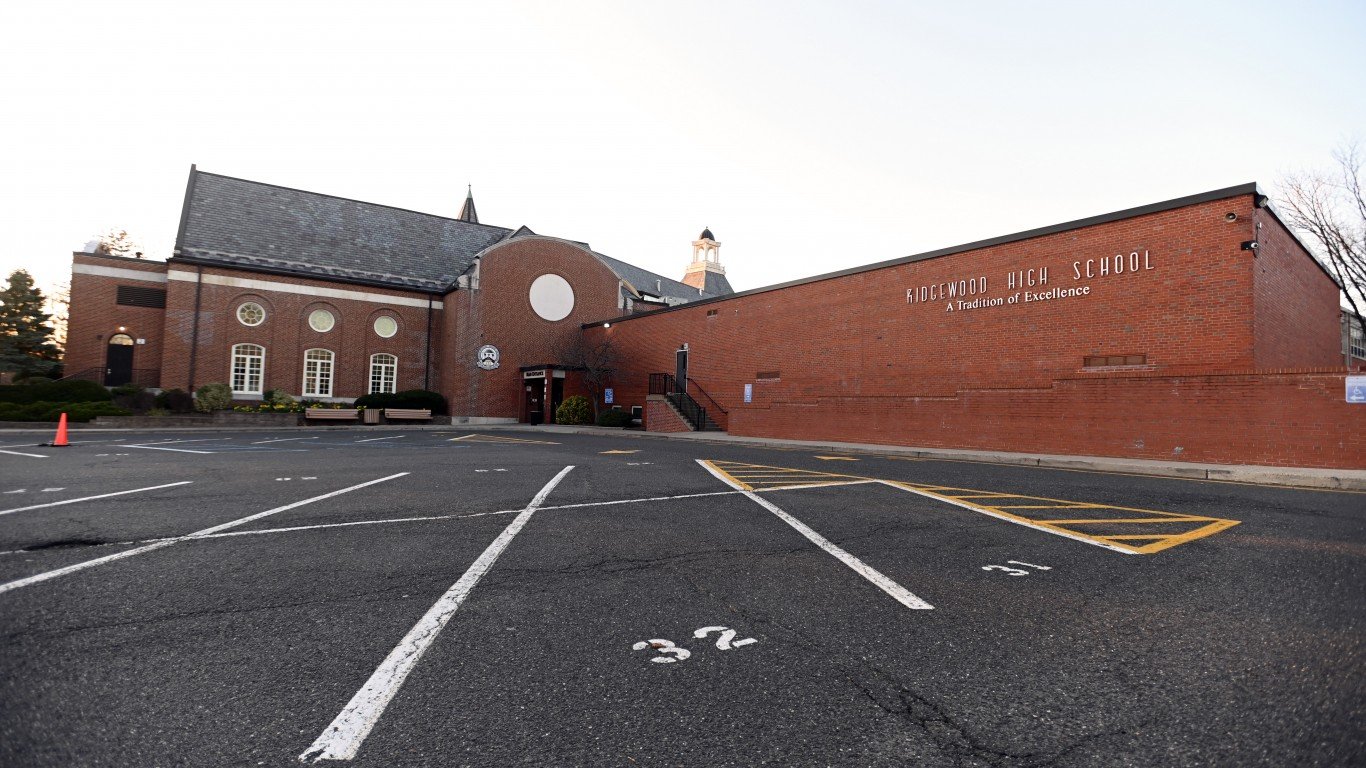
New Jersey
New Jersey schools plan to welcome students back for in-person instruction in September if health data does not show a new surge of COVID-19 cases. The DOE released a guideline, but every school district has to develop its own plan to reopen schools.
Schools must prepare for social distancing as much as possible. They should provide physical guides, such as tape on floors or sidewalks and signs on walls, to help keep people at least 6 feet apart. Screening students and employees for symptoms of and history of exposure to COVID-19 is also highly recommended. Physical education classes should take place in marked areas to ensure physical distance between students. School districts may design alternate schedules to mix remote and in-person classes if they do not have enough space to allow proper social distancing between all returning students.
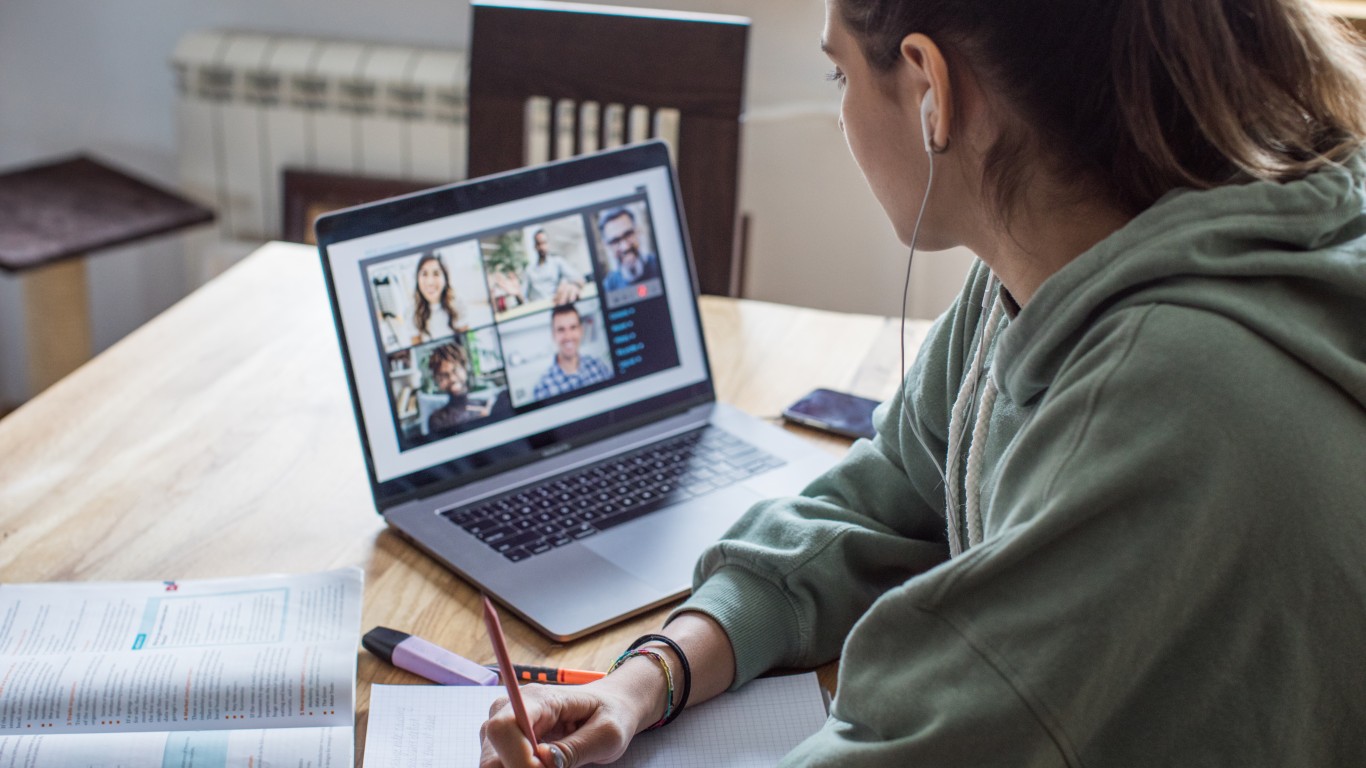
New Mexico
The New Mexico Public Education Department plans to reopen schools in phases and start with a hybrid model in August. In-person classes will be limited to 50% of classroom capacity. Large group gatherings are to be avoided, social distancing requirements have to be met, and face coverings are required for all students and staff, with a few exceptions.
In-person learning should be prioritized for elementary students, while older students can study online. Another option is to have schools form groups that attend school only on certain days in order to limit group mixing. Schools should consider daily temperature checks and all staff should submit to coronavirus testing.
[in-text-ad]
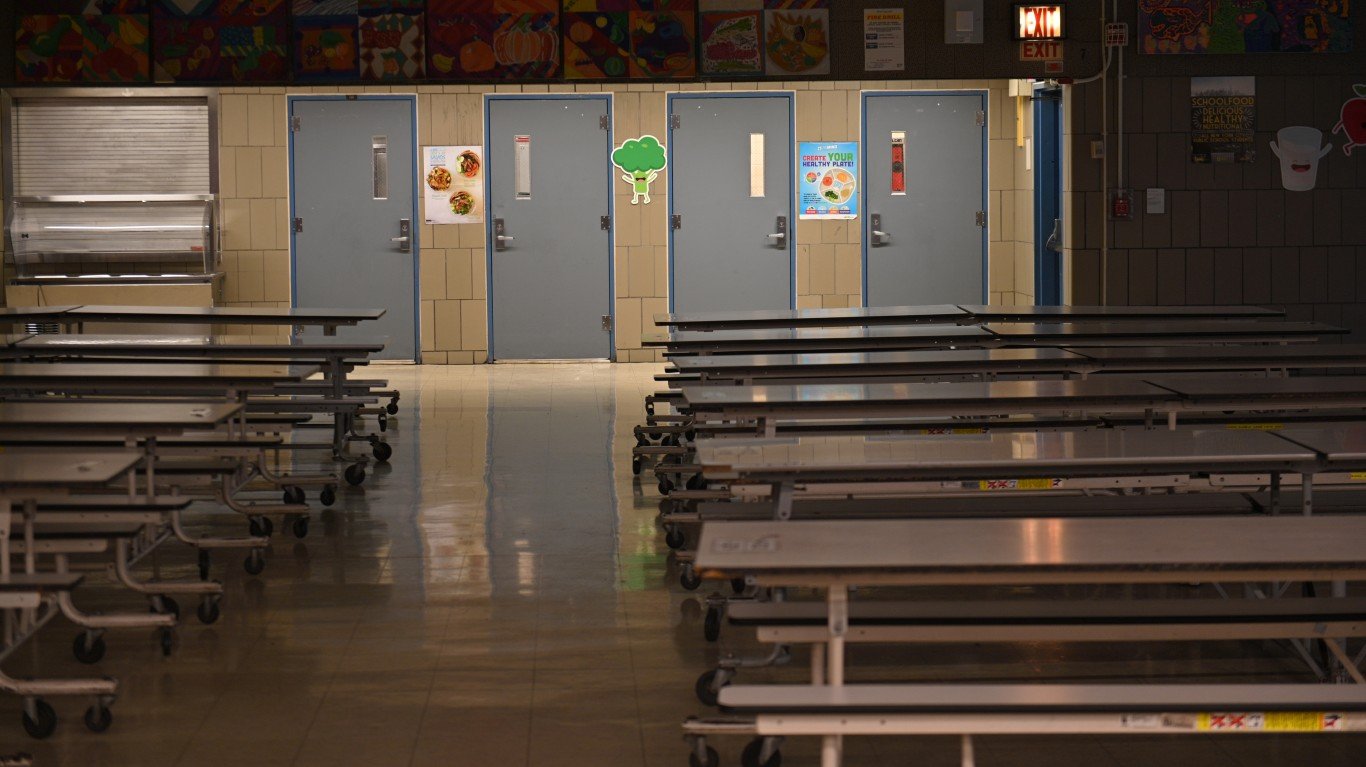
New York
The state’s DOE is still holding task force meetings to come up with a framework for the safe reopening of school in New York. The guidelines are supposed to provide recommendations in nine areas, including special education, bilingual education, digital equity and access, and social and emotional needs.
A guide for reopening schools in New York City has not been finalized. Teachers have pointed out that students may have split schedules and return to the classroom only on some days with online classes being held on others.
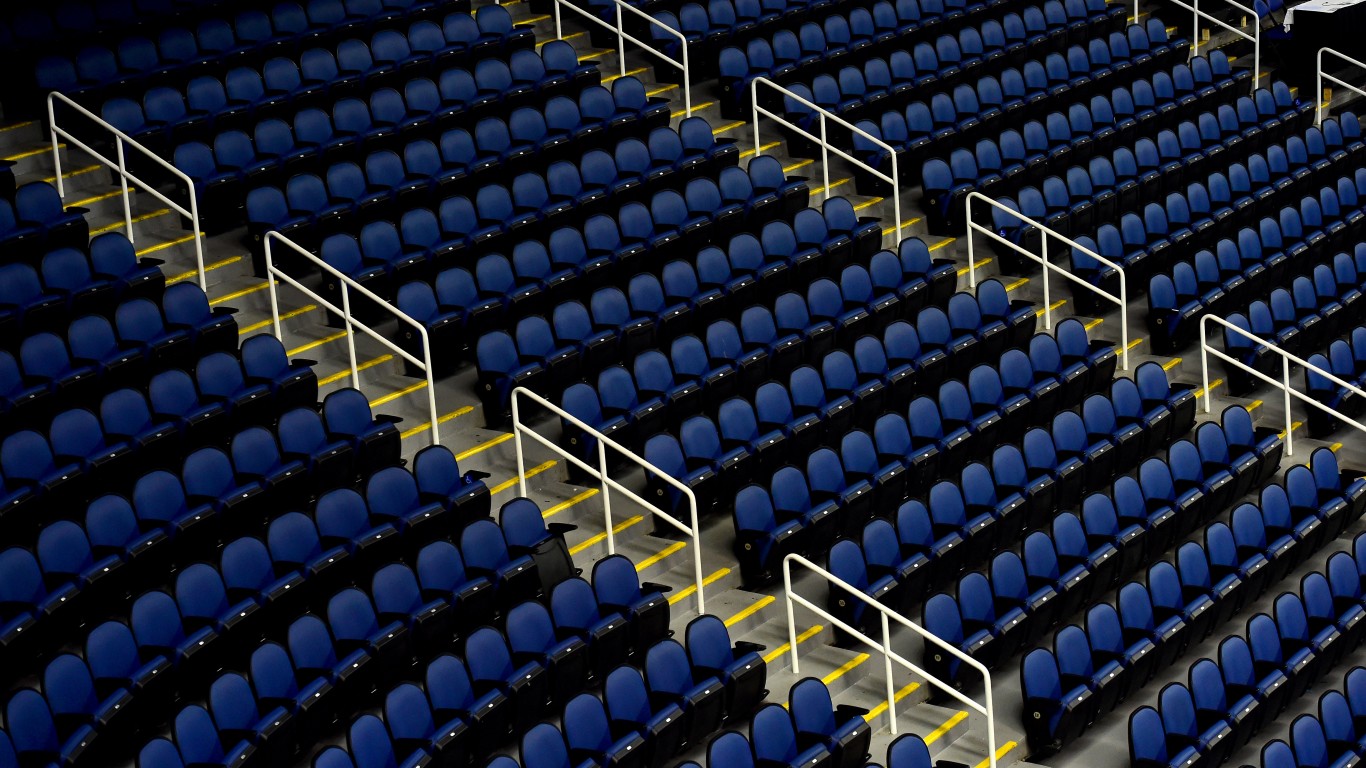
North Carolina
North Carolina released guidance for the reopening of in-person instruction at K-12 public schools in the fall. A decision is due soon on whether schools will reopen with minimal social distancing, moderate social distancing, or remote learning only. Schools will be required to provide online classes to students who have COVID-19 or who have been exposed to the coronavirus.
The guidance requires regular screening of students and others for illness before entering school. The DOE recommends that schools appoint one person to be the COVID-19 point of contact. On school buses, students must be seated 6 feet apart and wear a face covering.

North Dakota
Schools in North Dakota should open — whether in September or later — provided they meet certain conditions, including if they have the resources to screen students and staff upon arrival for coronavirus symptoms. Face coverings are recommended for all students and staff, especially when physical distancing is difficult to maintain. Schools are advised to post signs on how to stop the spread of the virus, and signs that would remind people to properly wash their hands and properly wear a face mask.
Students and staff should be in the same group every day as much as possible to restrict mixing of students, and group sizes should be no more than 15 people. Desks should be at least 6 feet apart. All field trips, inter-group events, and extracurricular activities should be canceled. Large areas such as gyms and playgrounds can be used to hold classes in order to maintain physical distance.
[in-text-ad-2]
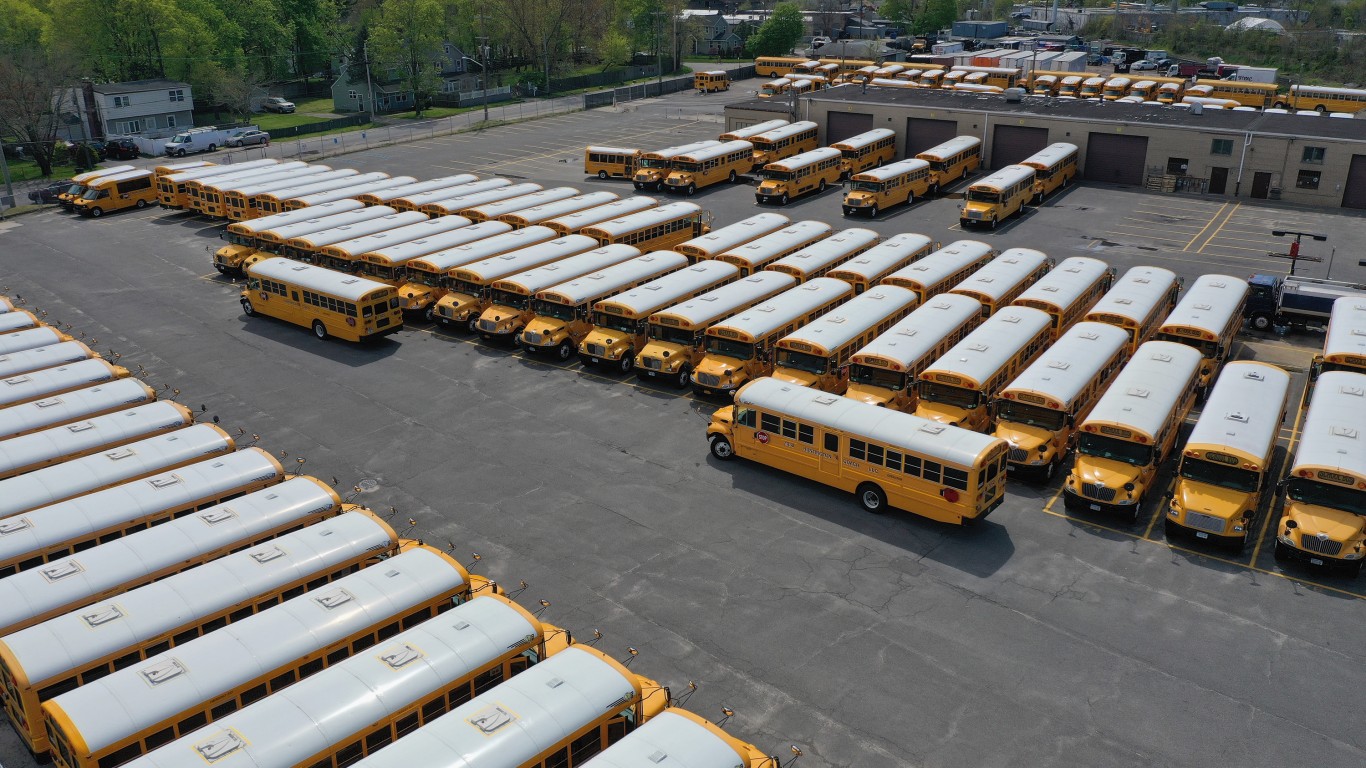
Ohio
Ohio is expected to release guidelines to safely reopen schools for the start of the new academic year on July 2.
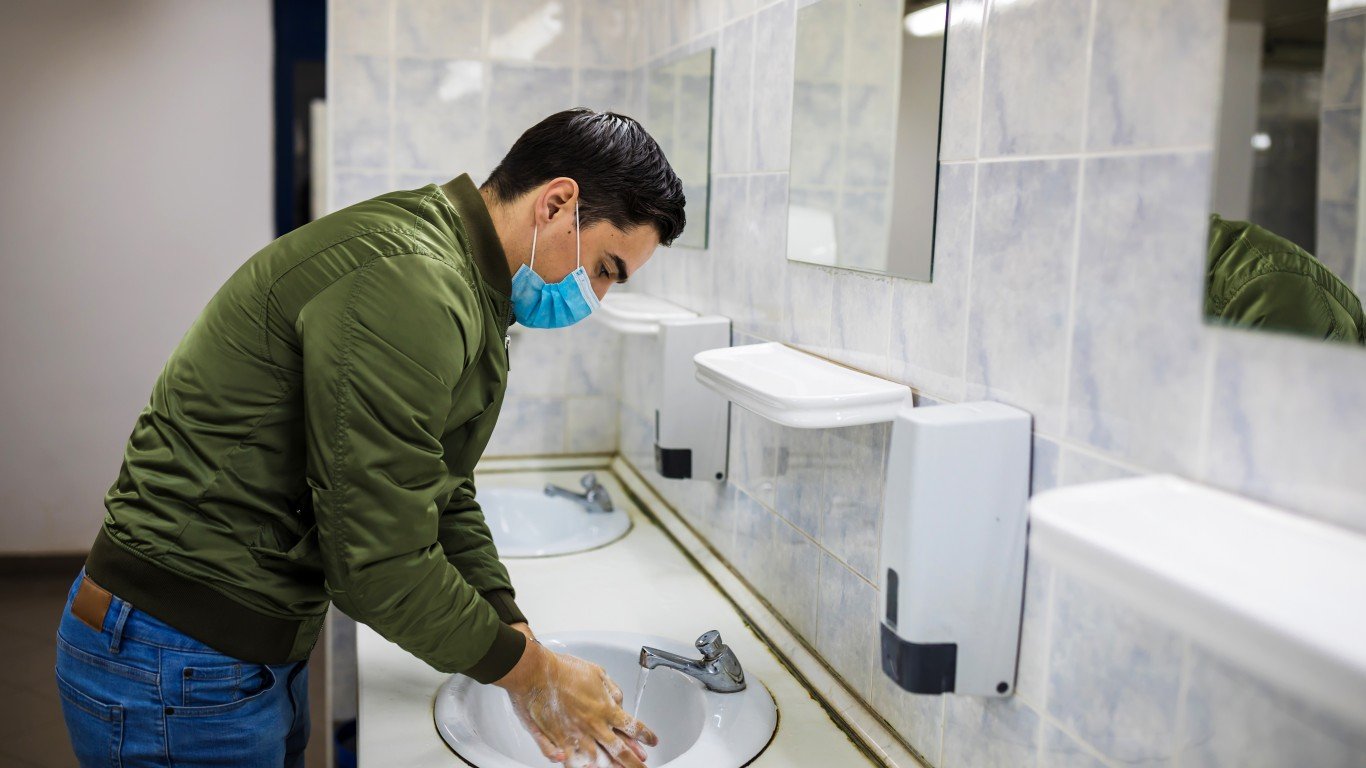
Oklahoma
The Oklahoma State Department of Education has published a framework for school districts to use as they plan for the 2020-21 academic year. The DOE recommends temperature self-screenings at home to reduce lines before entering school. Masks and other face coverings are encouraged for both staff and students. Signs showing proper hand washing should be placed above sinks and elsewhere throughout the building.
School districts should be prepared for sudden closure scenarios if there is a COVID-19 outbreak in the school. These plans may include short-term closures of a few days, mid-term closures of a few weeks, and longer-term closures. Districts should be ready to offer online learning and should consider offering alternative school calendars to allow for flexibility in responding to the pandemic.
[in-text-ad]
Oregon
State officials created a Healthy Schools Reopening Council so that various members of the community can have a chance to provide feedback to school districts as they plan to reopen schools in the fall. Schools are required to designate a person who will be responsible for enforcing physical distancing requirements. Schools also have to have a protocol to screen students and staff for COVID-19 symptoms.
The DOE recommends schools create opportunities for students who are not able to be psychically present for in-person instruction to interact with other students, including via distance learning. Adding cameras in classrooms to allow interaction between students in the school and those studying from home is one option.

Pennsylvania
Pennsylvania’s Department of Education has just released preliminary guidance for reopening schools. It expects students to return to classrooms “in some capacity” for the 2020-2021 academic year. Restrictions on how to start the school year depend on the phase of reopening at the county in which the school district is located. Schools in “red” counties will only provide remote learning. Schools in “yellow” counties can open for in-person instruction if they can keep students at least 6 feet apart. Schools in “green” counties can open with fewer restrictions.
Whatever phase of reopening schools are in, they have to develop plans to protect students and staff. In designing these plans, the DOE recommends having a pandemic coordinator and flexible attendance policies. Other recommendations include checking for COVID-19 symptoms before entering the school, all staff wearing masks, and making regular announcements on how to stop the spread of the virus.
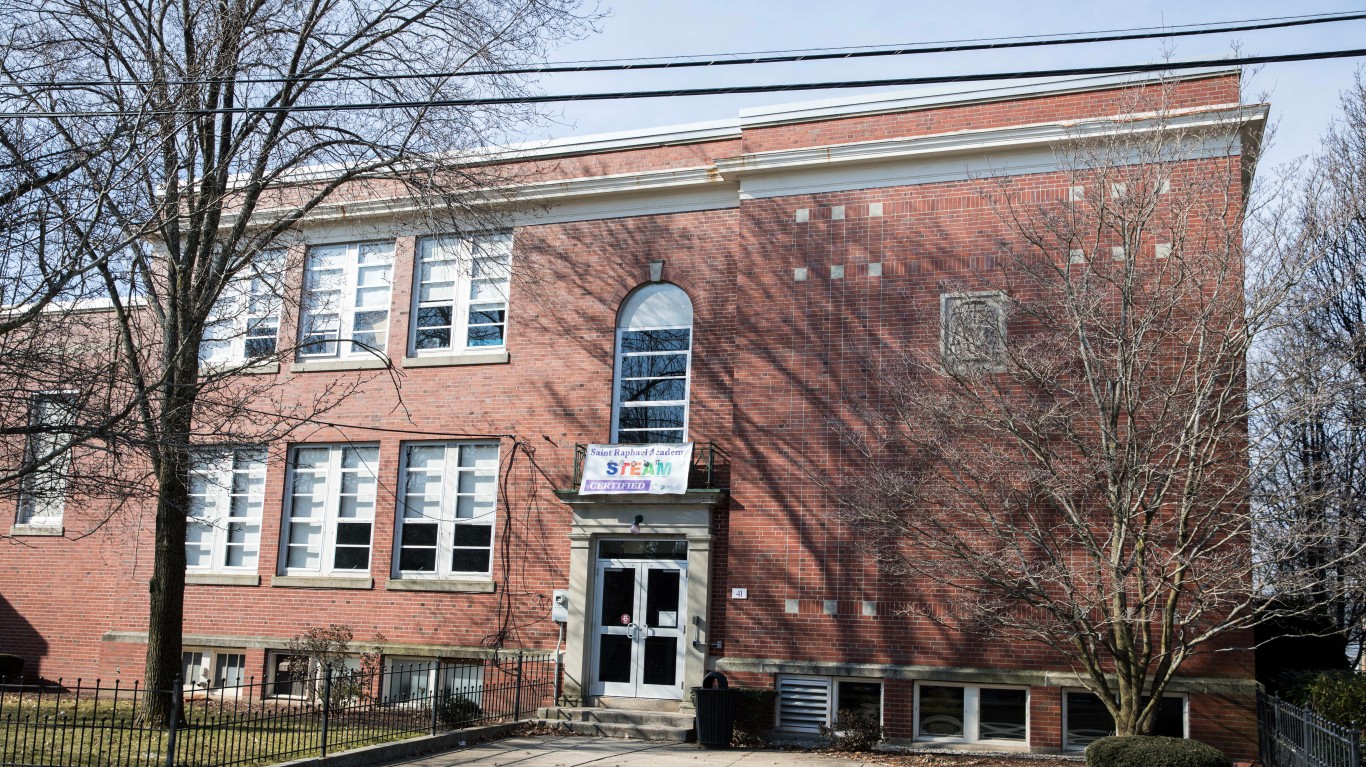
Rhode Island
State officials released on June 19 school reopening guidance for the 2020-2021 academic year. States should prepare for distance learning, even if it is only necessary for students who are home sick or quarantined. Class sizes may have to be reduced as students should be seated at least 6 feet apart. Socializing will also be limited.
Students in elementary and middle school will be placed in groups of no more than 30 that will not mix with other groups. Such stable groups are recommended for high schools but not required. If they cannot stay 6 feet apart, students have to wear masks. Students and staff should occupy the same space as much as possible. Assigned seating is strongly encouraged.
[in-text-ad-2]
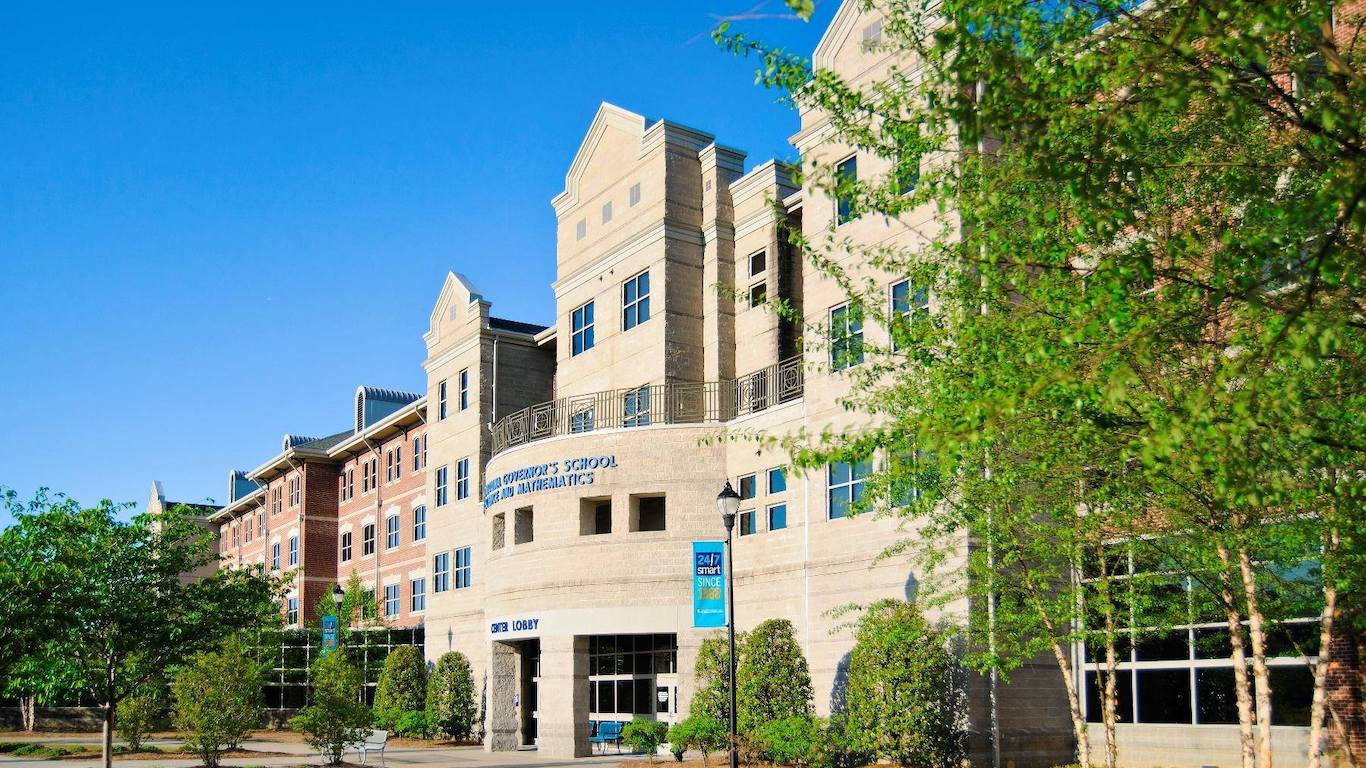
South Carolina
The South Carolina task force charged with developing a guide for safely reopening the schools in the fall is recommending social distancing in classrooms as well as buses. It is also recommending that both students and teachers wear masks and to limit interaction among students. The guidelines also call for one school nurse for every 750 students.
Other measures schools should consider, according to the task force, include having one-way hallways, extended arrivals and dismissals to avoid gatherings of too many people in one place, deactivating water fountains, and setting up rules that would allow students to do online classes only.
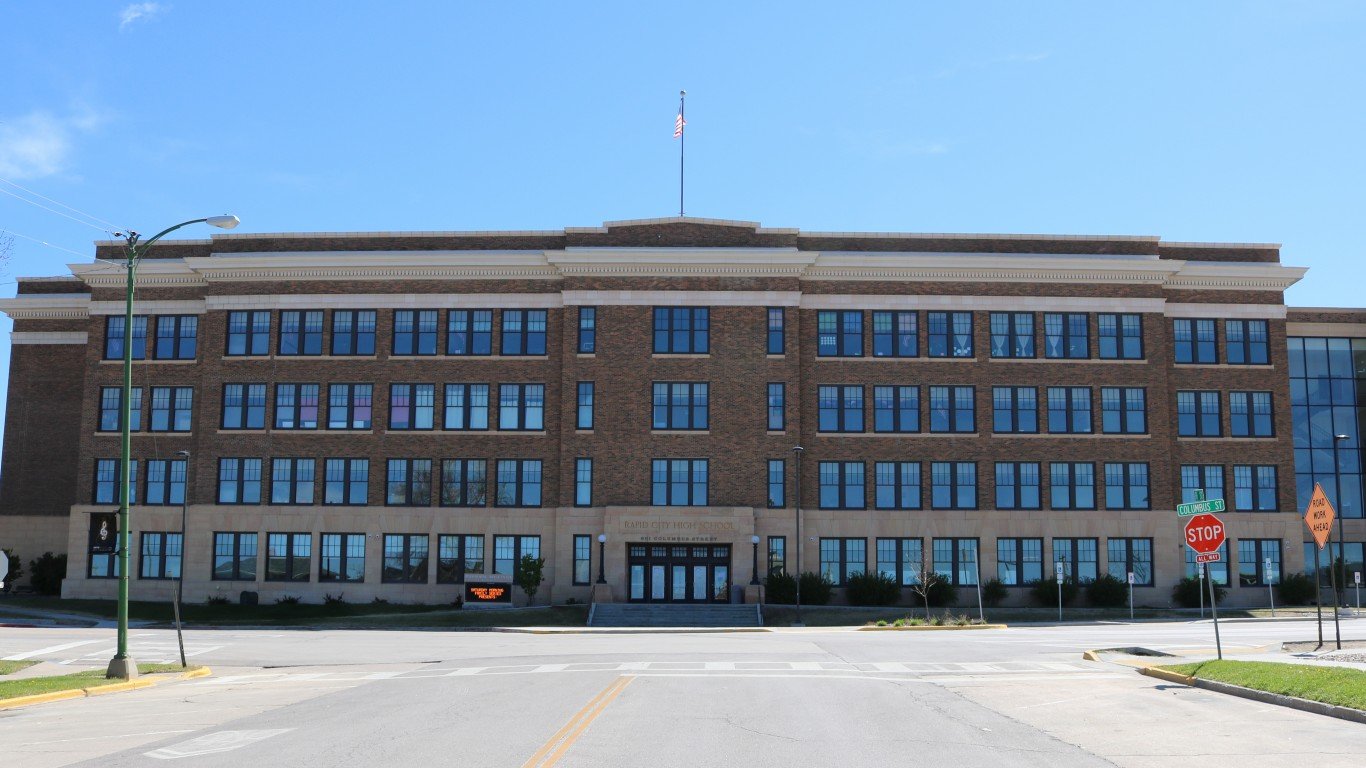
South Dakota
South Dakota’s DOE recommends that schools plan for fully remote learning in case some students test positive and the school has to be closed for days. Other recommendations include allowing extra time for handwashing and sanitizing throughout the day, replacing touch equipment with touchless equipment like PIN pads in cafeterias and automatic soap dispensers, and wearing personal protective equipment.
[in-text-ad]

Tennessee
The Tennessee Department of Education released several guidance documents for reopening schools. Schools are advised to review classroom configuration in order to make sure students can be at least 6 feet from one another and to organize students in cohorts for recreation and eating. The guidance also recommends cancelling all events that involve mass gatherings and checking staff and students for symptoms every day.
The guidelines include eliminations of buffets having students eat in their classrooms instead, staggered drop-off times, walking and biking to school whenever possible so fewer kids need bus transportation, and plans for one-way traffic in school’s hallways.
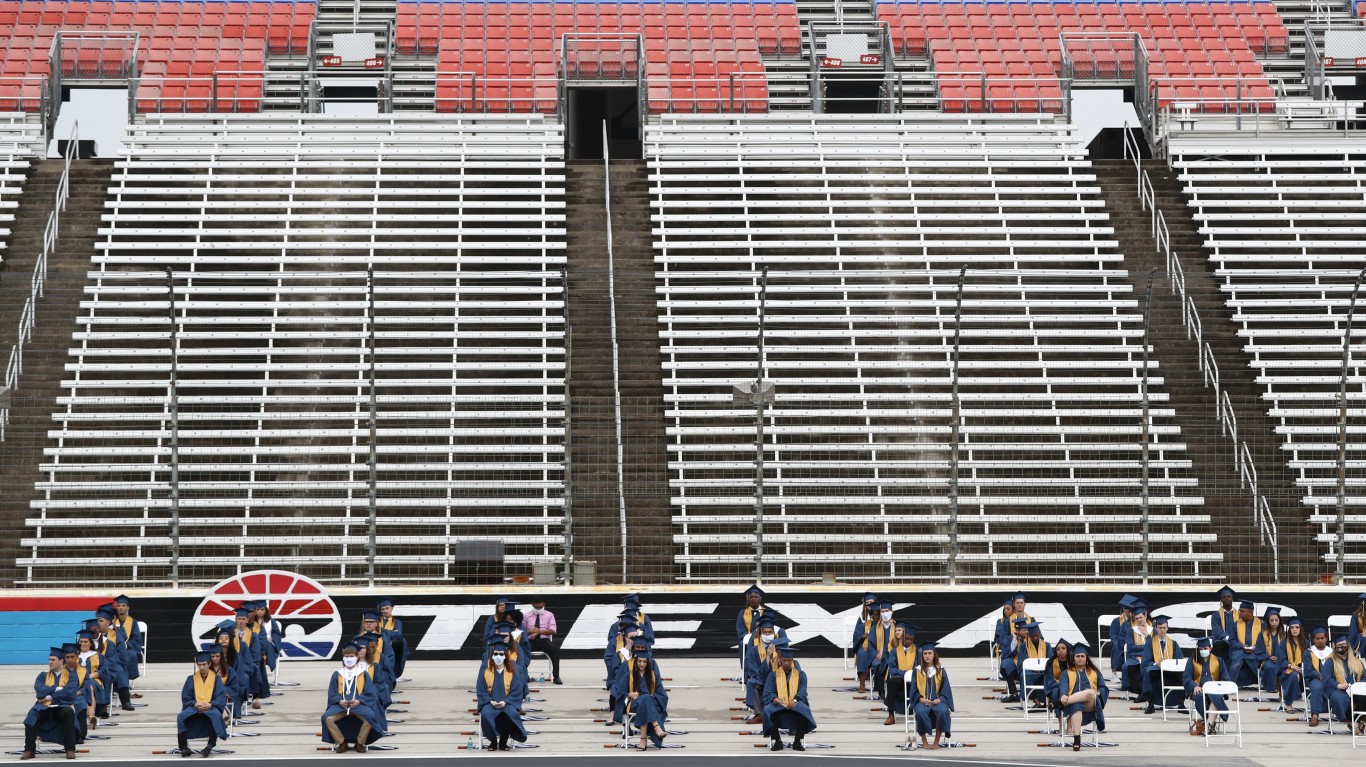
Texas
Texas’s DOE has not yet released its guidelines for how to safely reopen school and campuses in the fall. Some of the recommendations being discussed include both students and staff wearing masks and keep 6 feet apart as often as possible. School districts may have the option to offer online instruction whether live or in prerecorded videos.

Utah
The framework developed by Utah’s School Board is a combination of requirements and recommendations for schools to implement and consider ahead of reopening for students in the fall. Schools have to appoint one person as a point of contact for all COVID-19-related concerns. Teachers and staff have to wear masks if it is difficult to maintain 6 feet of distance, but masks are just recommended for students. Schools should maximize space between seating and desks, even if the separation has to be established with plexiglass barriers.
Each school has to create its own plan by Aug. 1 and share it with parents so they have time to prepare for the new academic year.
[in-text-ad-2]
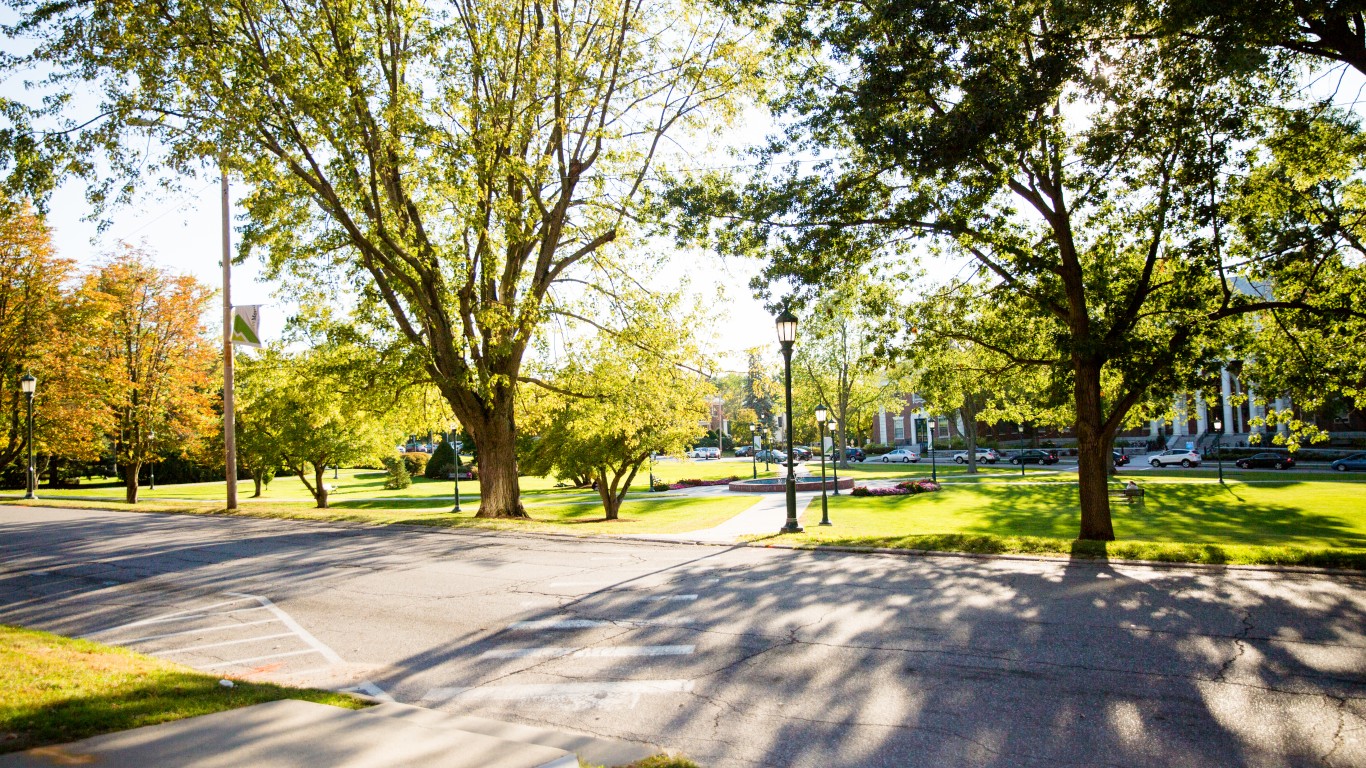
Vermont
Schools in Vermont are expected to fully reopen in the fall. The state’s Agency of Education and Department of Health released guidance on hygiene, social distancing, and containment strategies to help districts prepare for the upcoming academic year. Facial coverings will be mandatory in the building and outside when staying 6 feet apart cannot be maintained. Students and staff must sanitize their hands when they arrive, come back in from playing outside, and whenever they switch rooms.
Daily health checks will be performed during the cold weather months, with students and staff answering questions about how they feel and having their temperature taken. The DOE also encourages keeping students in cohorts and having teachers switch rooms as opposed to kids.
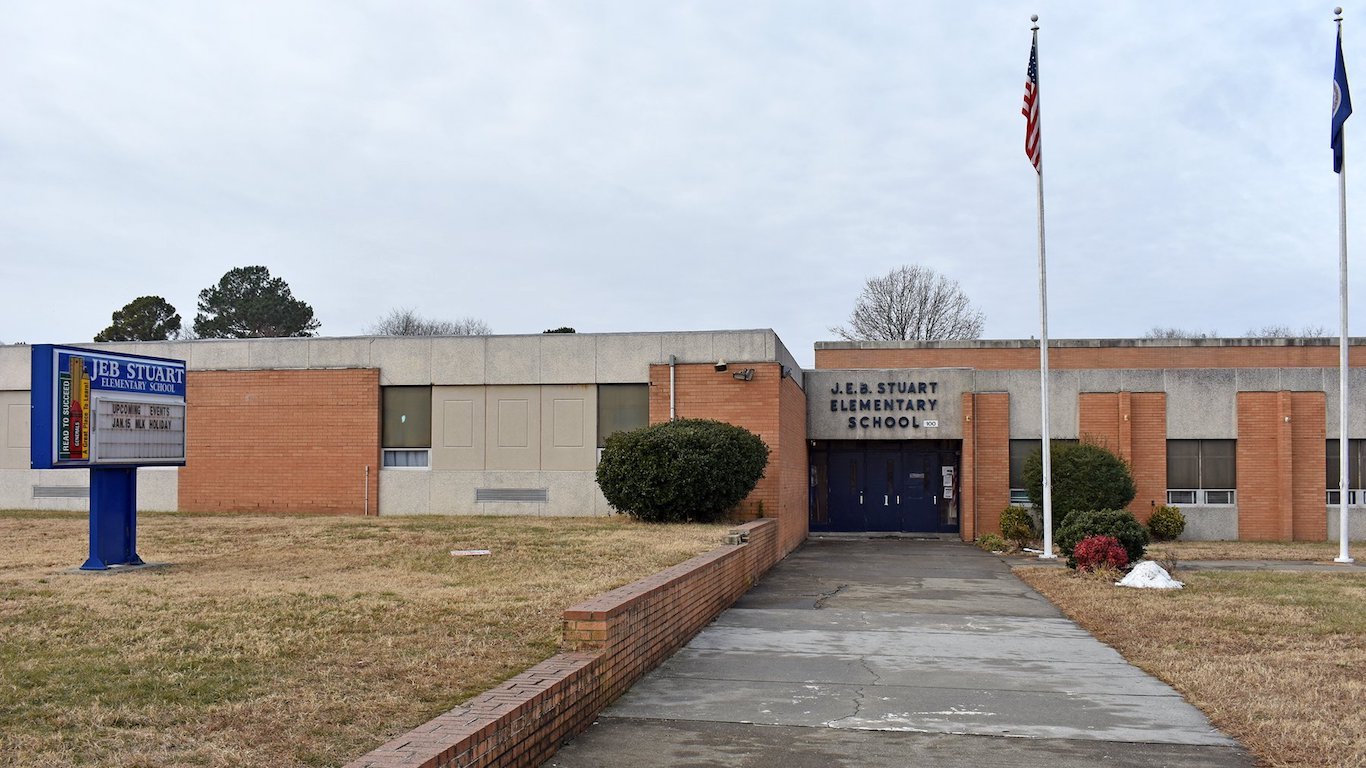
Virginia
Virginia’s plan to reopen schools in the fall involves three phases and a hybrid model in which some instruction will take place in person and some via remote learning. In phase 1, most of the schoolwork will be done online. Classes will be limited to 10 people, extracurricular activities will be canceled, and common areas like cafeterias will be closed.
Phase 2 allows for some extracurricular activities and gatherings of no more than 50 people. More in-person instruction will be allowed in phase 3, with online classes being only supplemental. Daily health screenings are recommended in all phases, so are providing distance learning options for high-risk students, and wearing face coverings.
[in-text-ad]
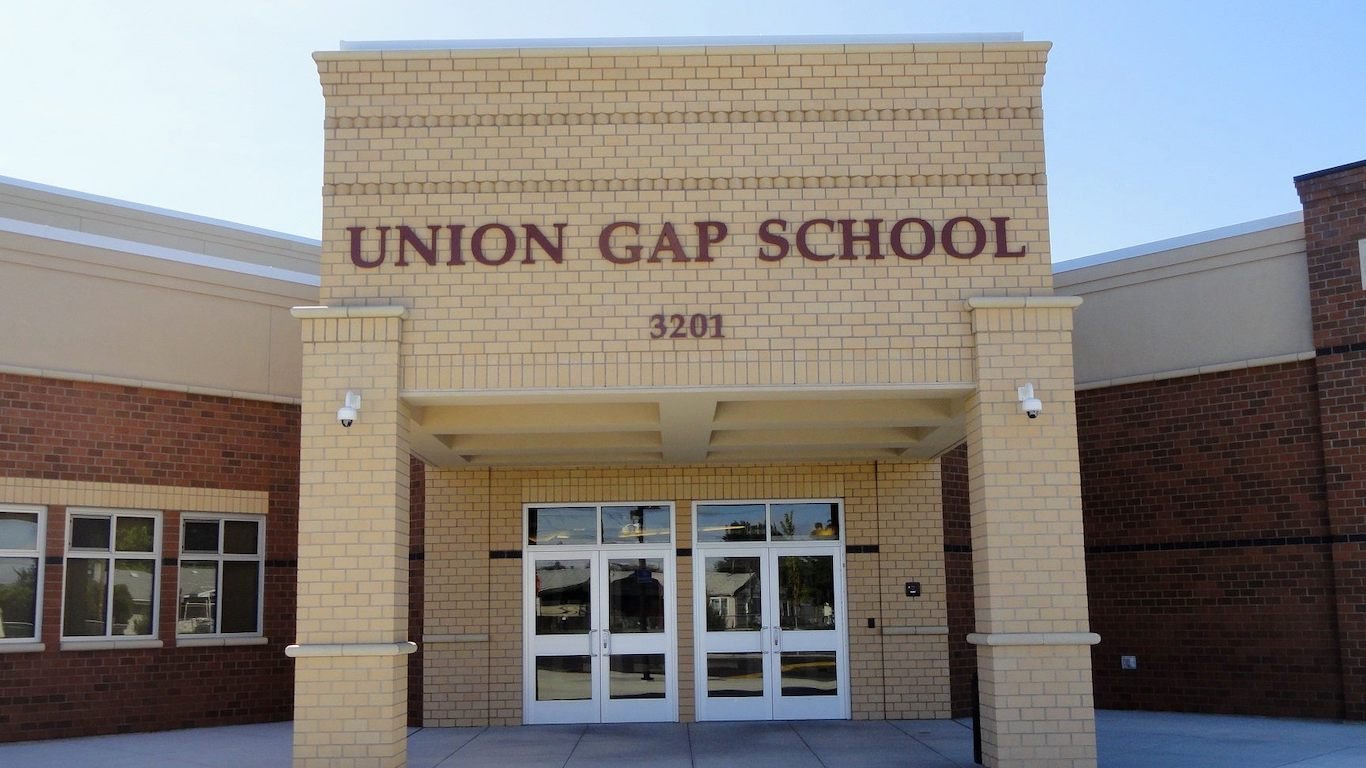
Washington
Washington’s guide to reopen schools follows the state’s Safe Start phased approach to reopening on a county-by-county basis. Thus, some schools may be ready to open in the fall for in-person instruction, but others may not.
Schools are encouraged to develop a system for parents dropping off and picking up students, which may include designating specific times. Temperature checks and symptoms screenings should be done every day. Schools should consider canceling all field trips and assemblies, canceling activities in which students may be in close contact such as choir practices, and reducing the number of students in the halls. Staff must wear face coverings, and students may use face shields as an alternative to masks.
West Virginia
Schools in West Virginia will reopen in August. The state’s Board of Education released guidelines with three possible scenarios. A traditional Monday through Friday schedule is not an option. Elementary schools should come back for a four-day school week. Students should be organized in cohorts, staying in the same classroom and eating meals there, every day.
Another option is for high and middle school students to study in a hybrid environment, having in-person instruction a few days a week and the rest of classes taking place online. The third scenario is remote learning only. The third option is being considered only for emergency situations such as a resurgence of COVID-19 cases. Field trips and other activities outside of the school will not be scheduled.
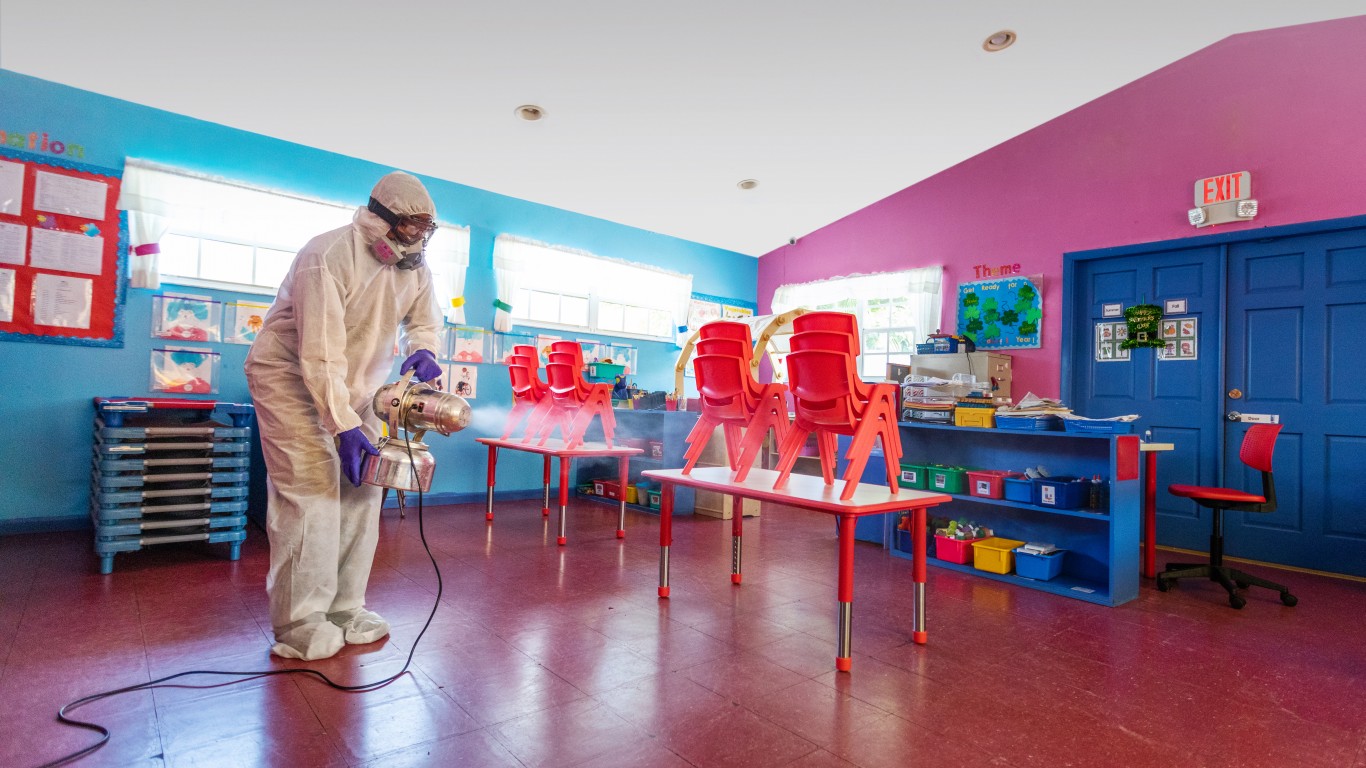
Wisconsin
The Wisconsin Department of Public Instruction recently released its guidelines for school officials to use as they plan to resume in-person instruction at the start of the new academic year. According to the recommendations, the school week may be just four days as the schools will be closed on the fifth day for cleaning. When students are not physically in the school, they will have to do school work online.
A two-day rotation is also an option, with students in school for two full days and remote learning the rest of the school week. A third option is to rotate each week with half of the student population present in the school for four full days with the other half studying online, and to switch every week.
[in-text-ad-2]
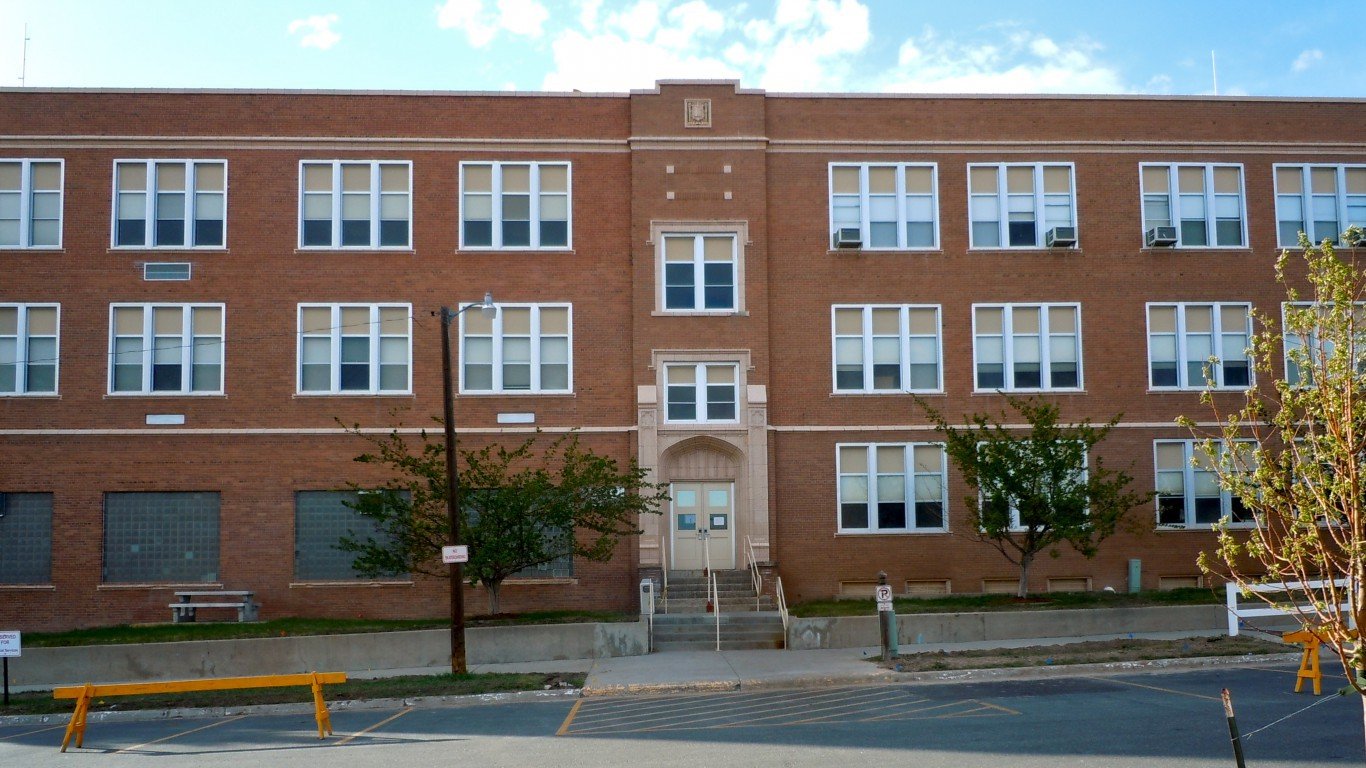
Wyoming
As of June 10, K-12 schools, colleges, and the University of Wyoming were allowed to reopen for in-person classes for all students in groups of no more than 50 people. The students within those groups have to maintain physical distance from one another. Reopening plans for the fall are still being developed.
Take This Retirement Quiz To Get Matched With A Financial Advisor (Sponsored)
Take the quiz below to get matched with a financial advisor today.
Each advisor has been vetted by SmartAsset and is held to a fiduciary standard to act in your best interests.
Here’s how it works:
1. Answer SmartAsset advisor match quiz
2. Review your pre-screened matches at your leisure. Check out the
advisors’ profiles.
3. Speak with advisors at no cost to you. Have an introductory call on the phone or introduction in person and choose whom to work with in the future
Take the retirement quiz right here.
Thank you for reading! Have some feedback for us?
Contact the 24/7 Wall St. editorial team.
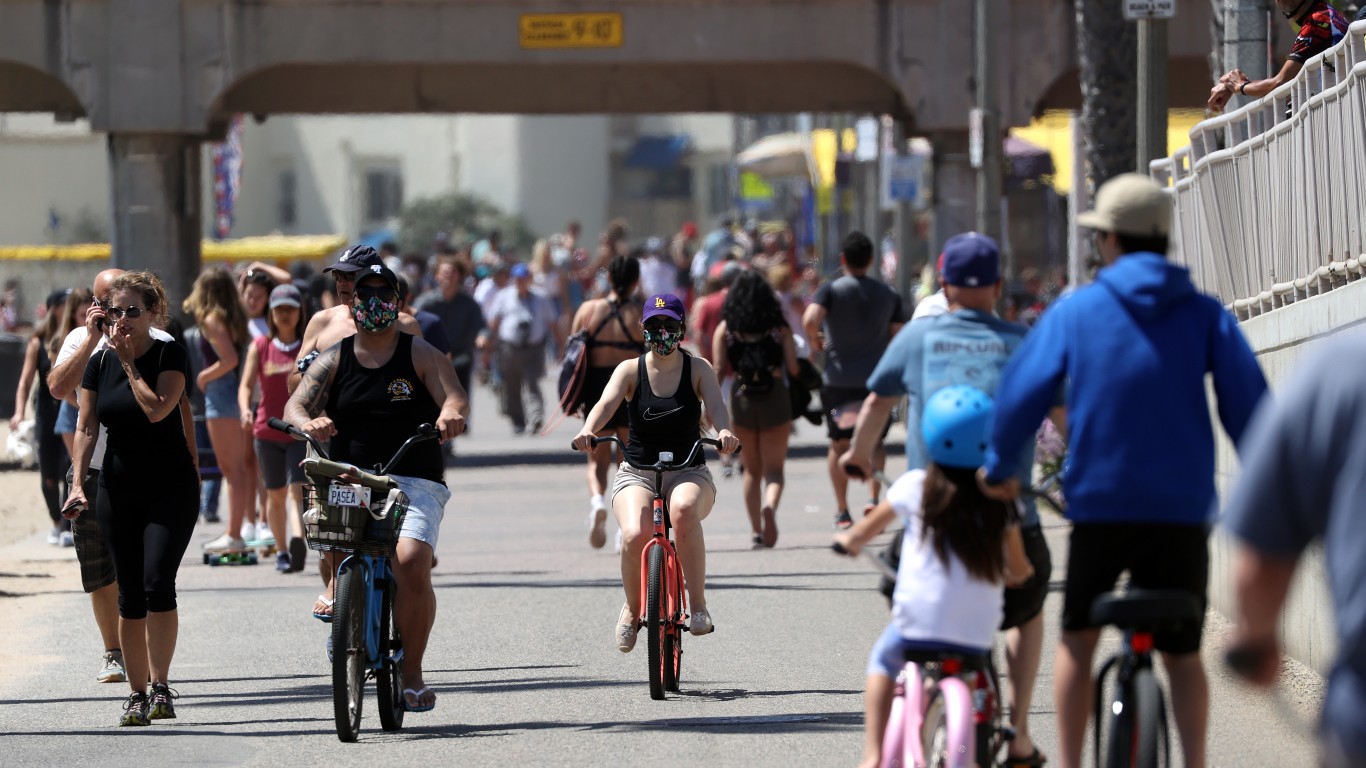 24/7 Wall St.
24/7 Wall St.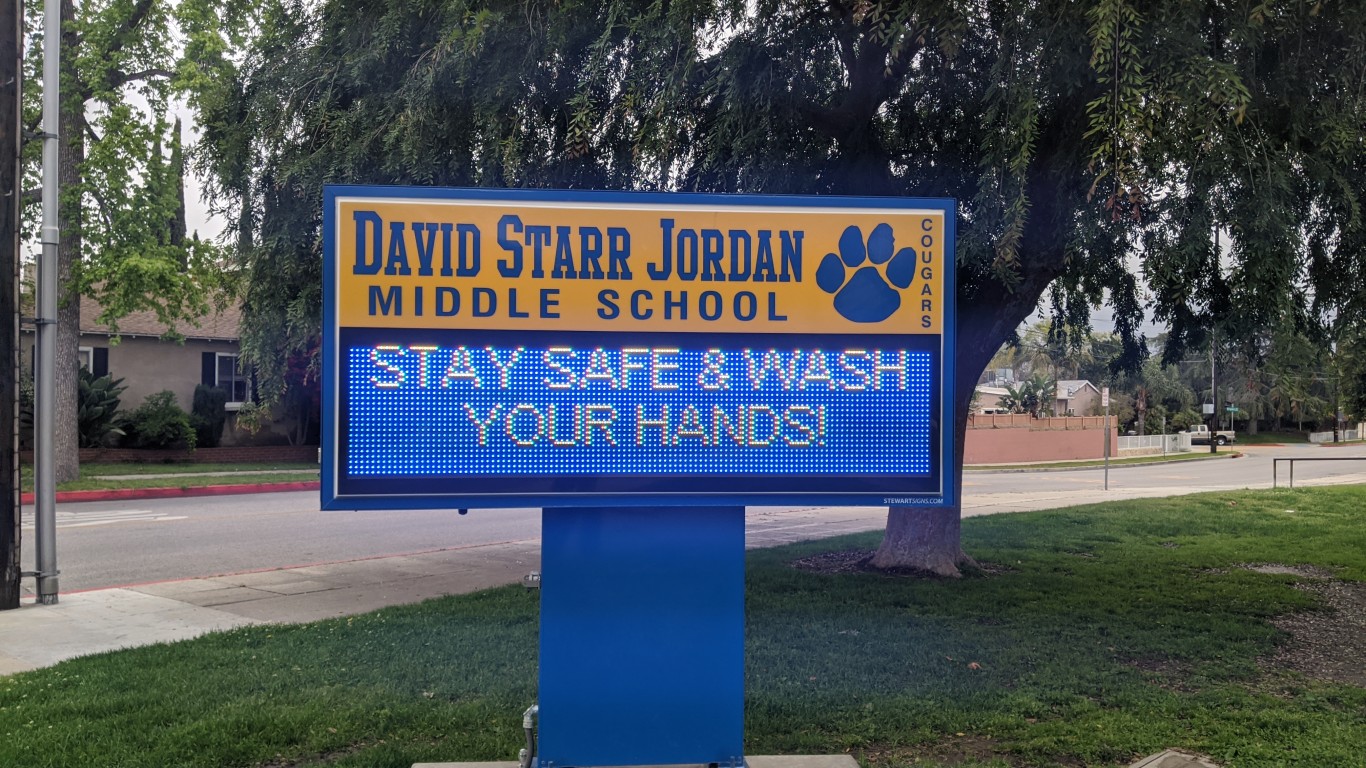
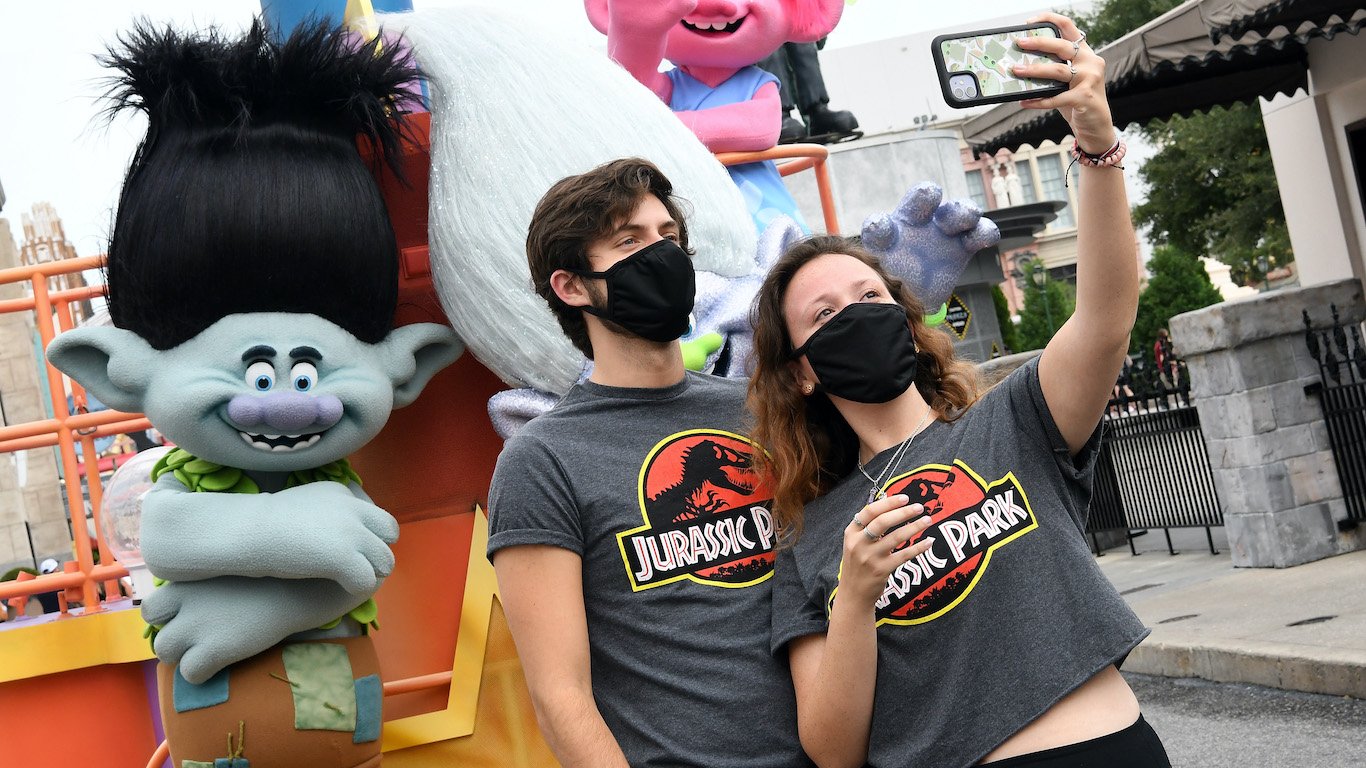 24/7 Wall St.
24/7 Wall St.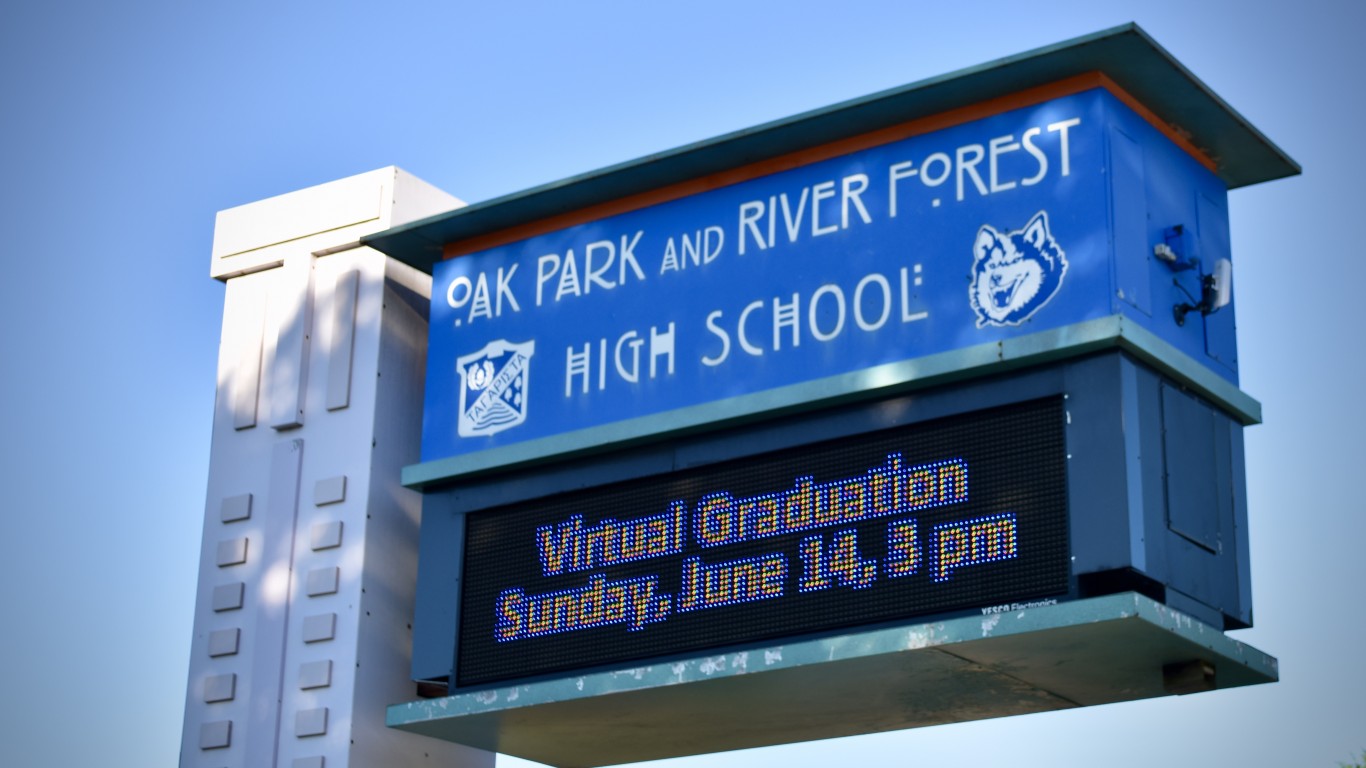
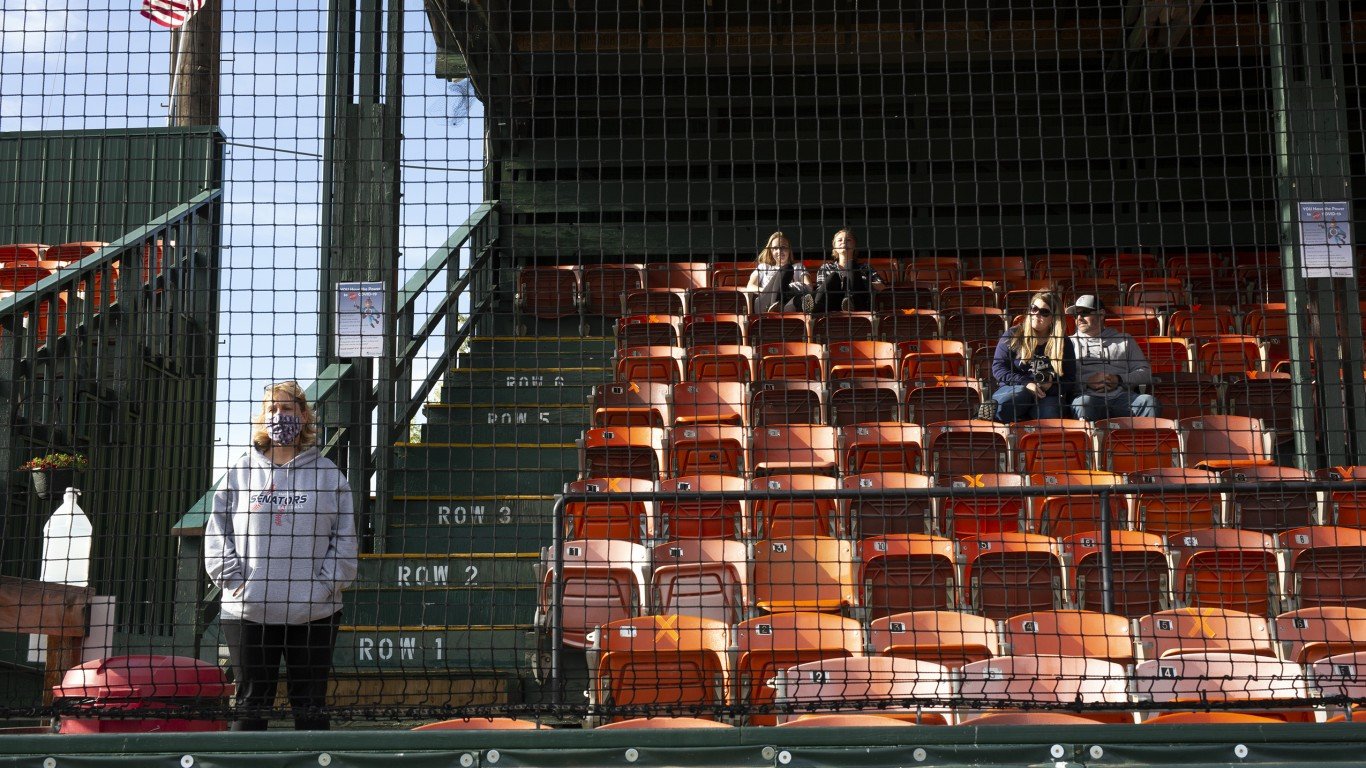 24/7 Wall St.
24/7 Wall St.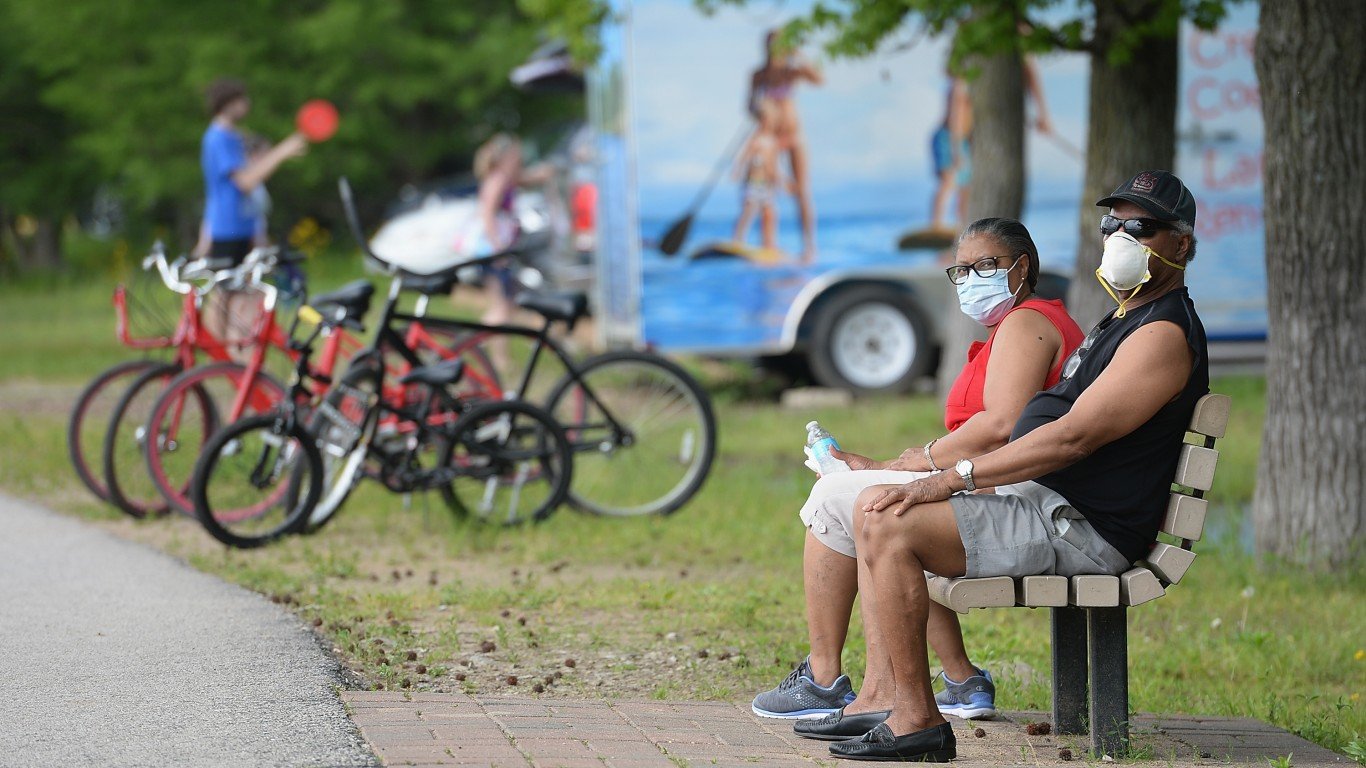 24/7 Wall St.
24/7 Wall St.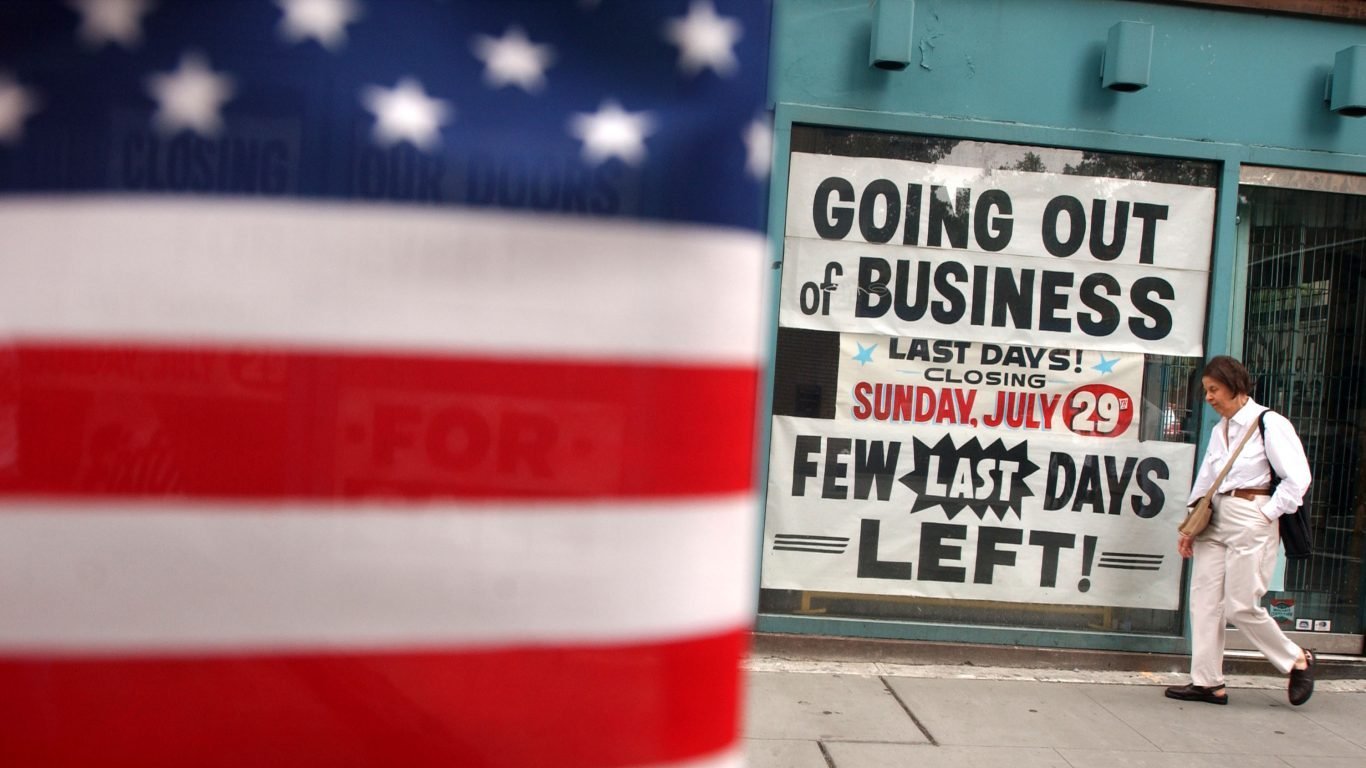 24/7 Wall St.
24/7 Wall St.